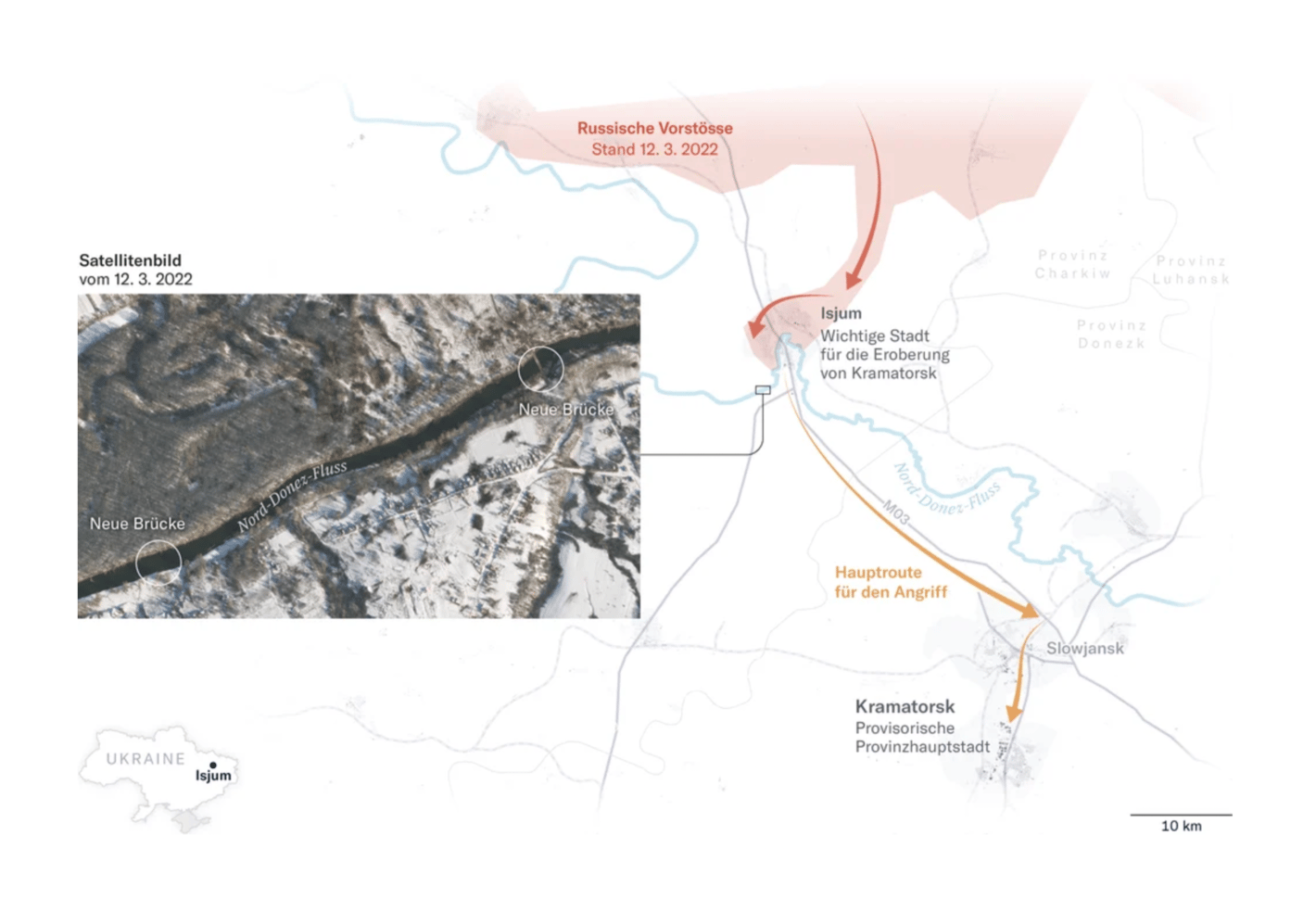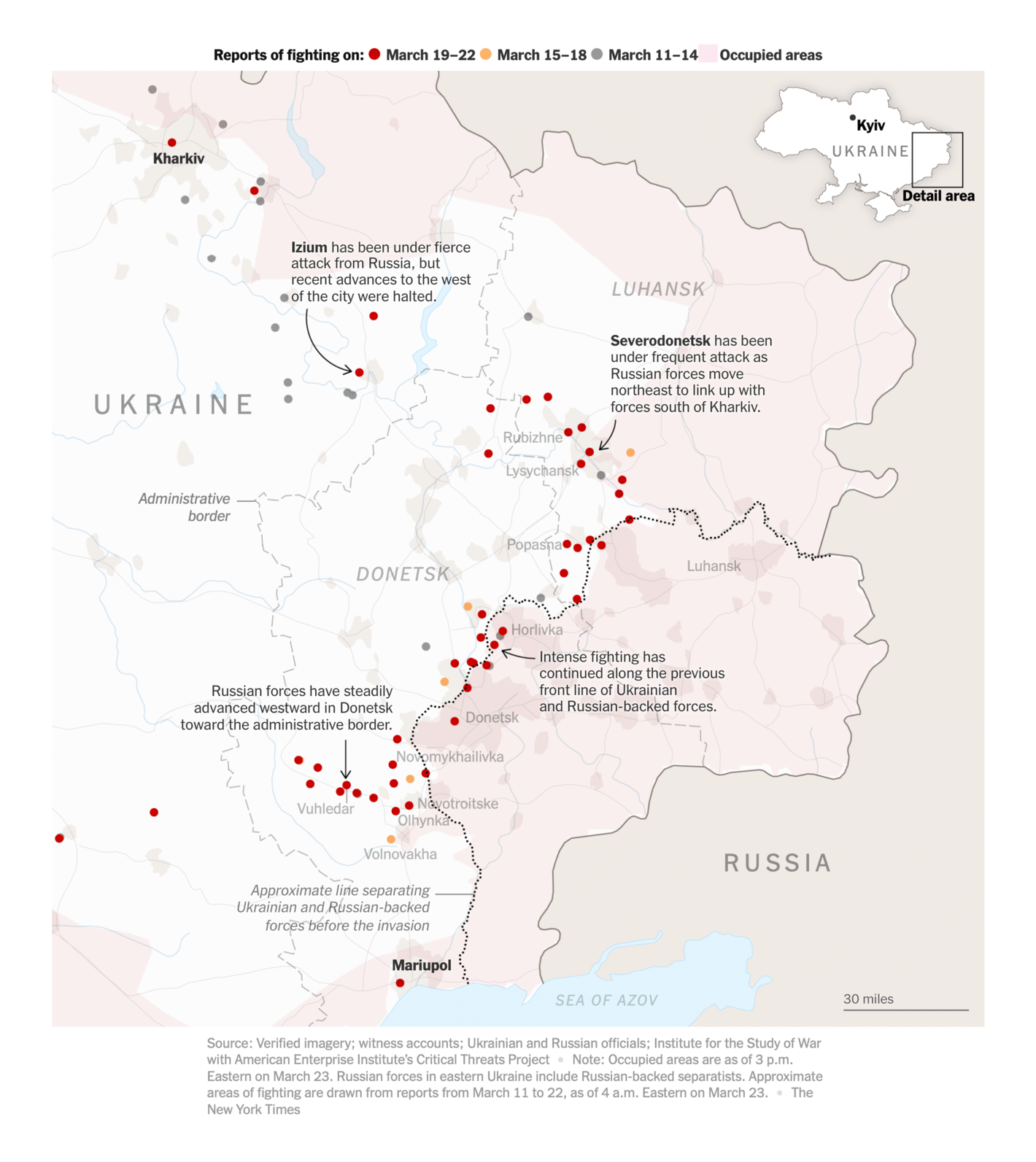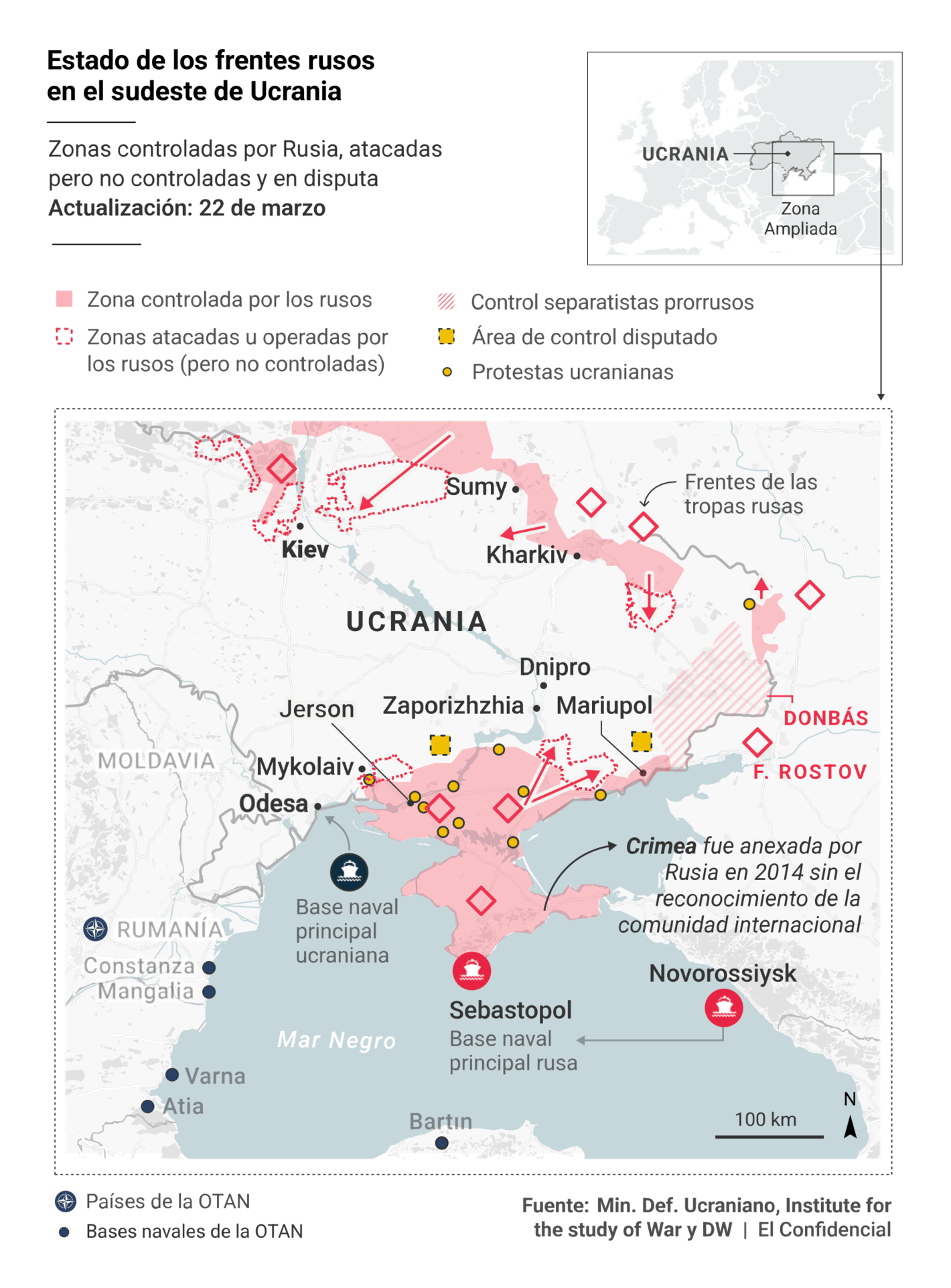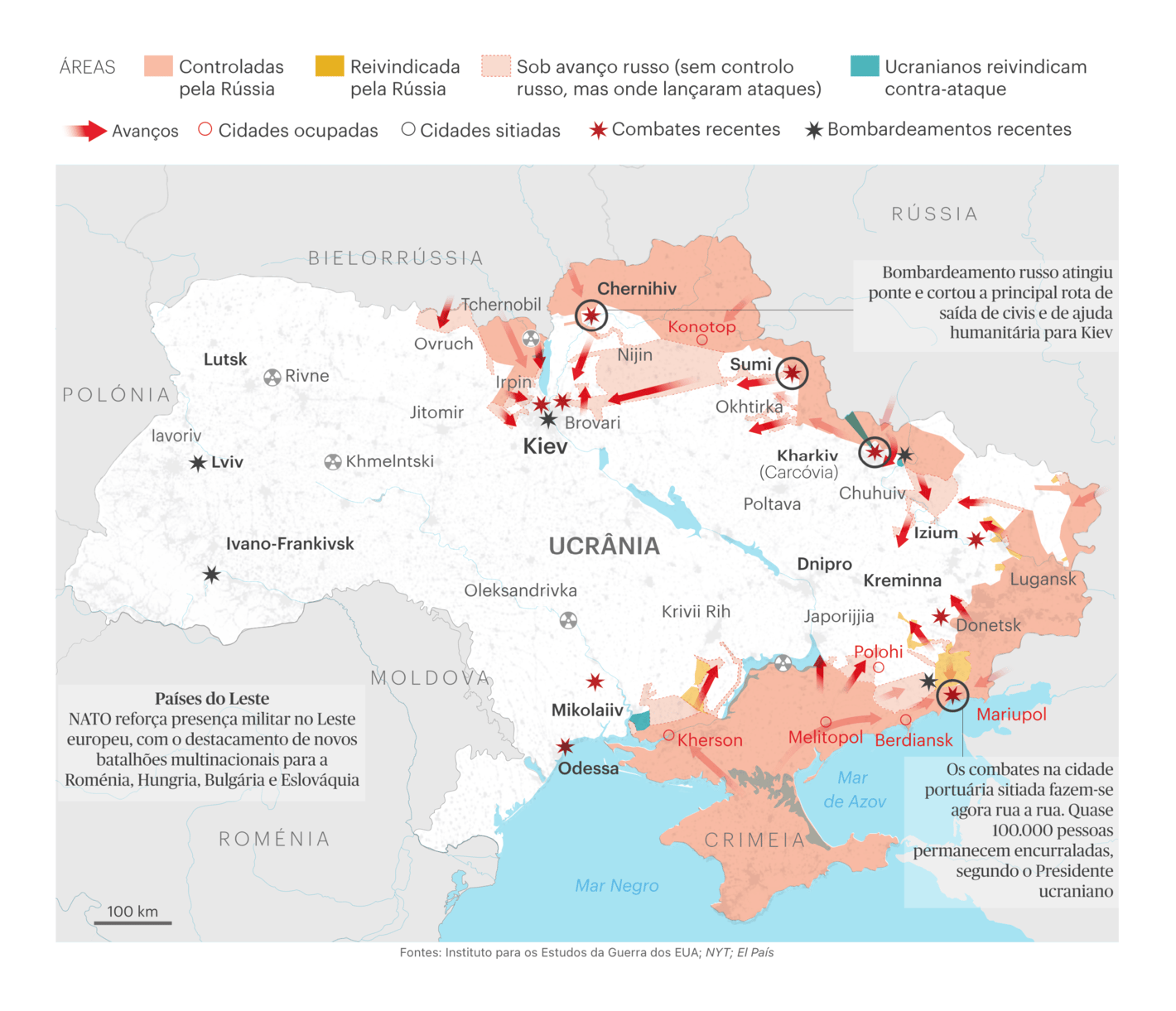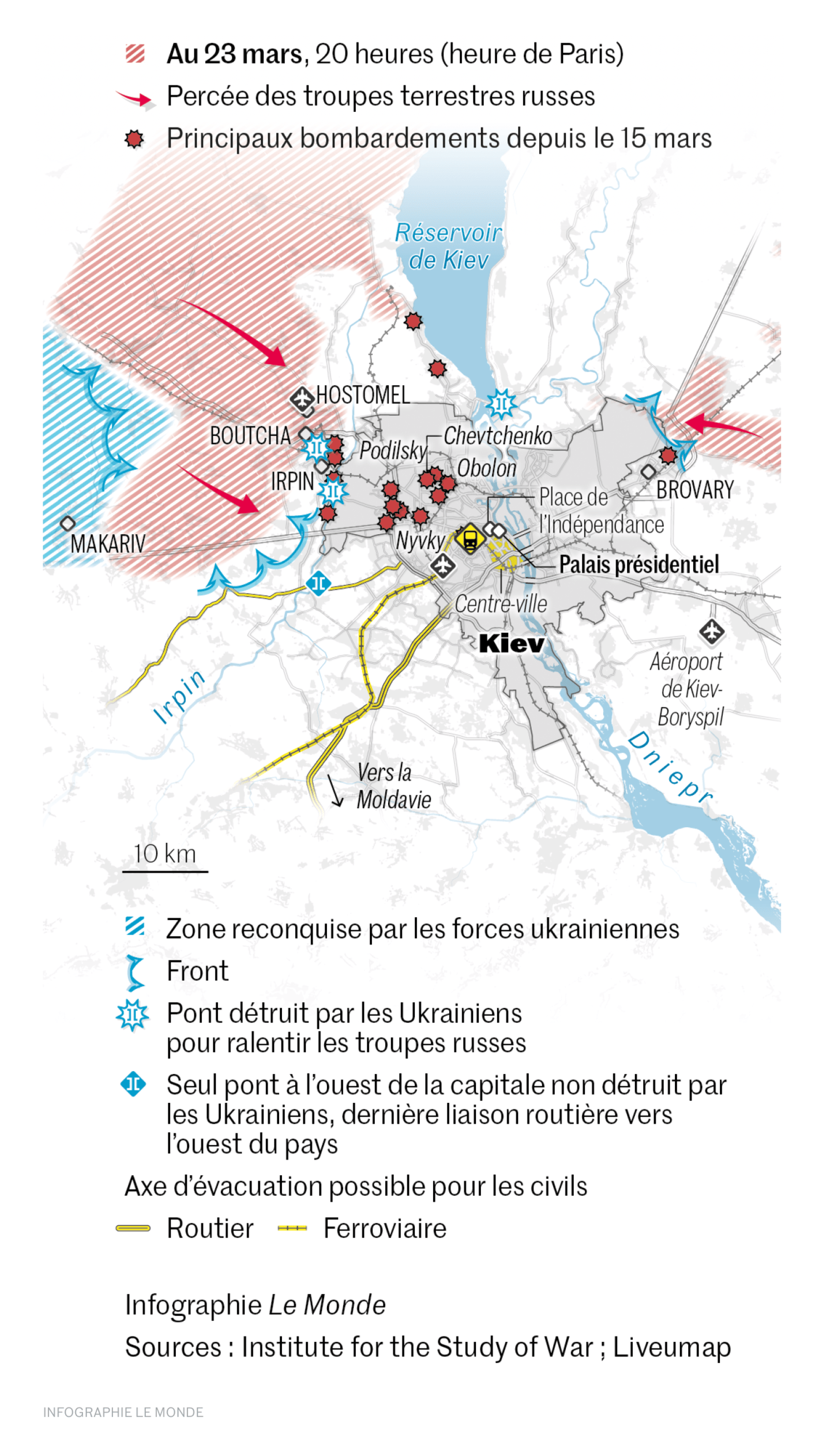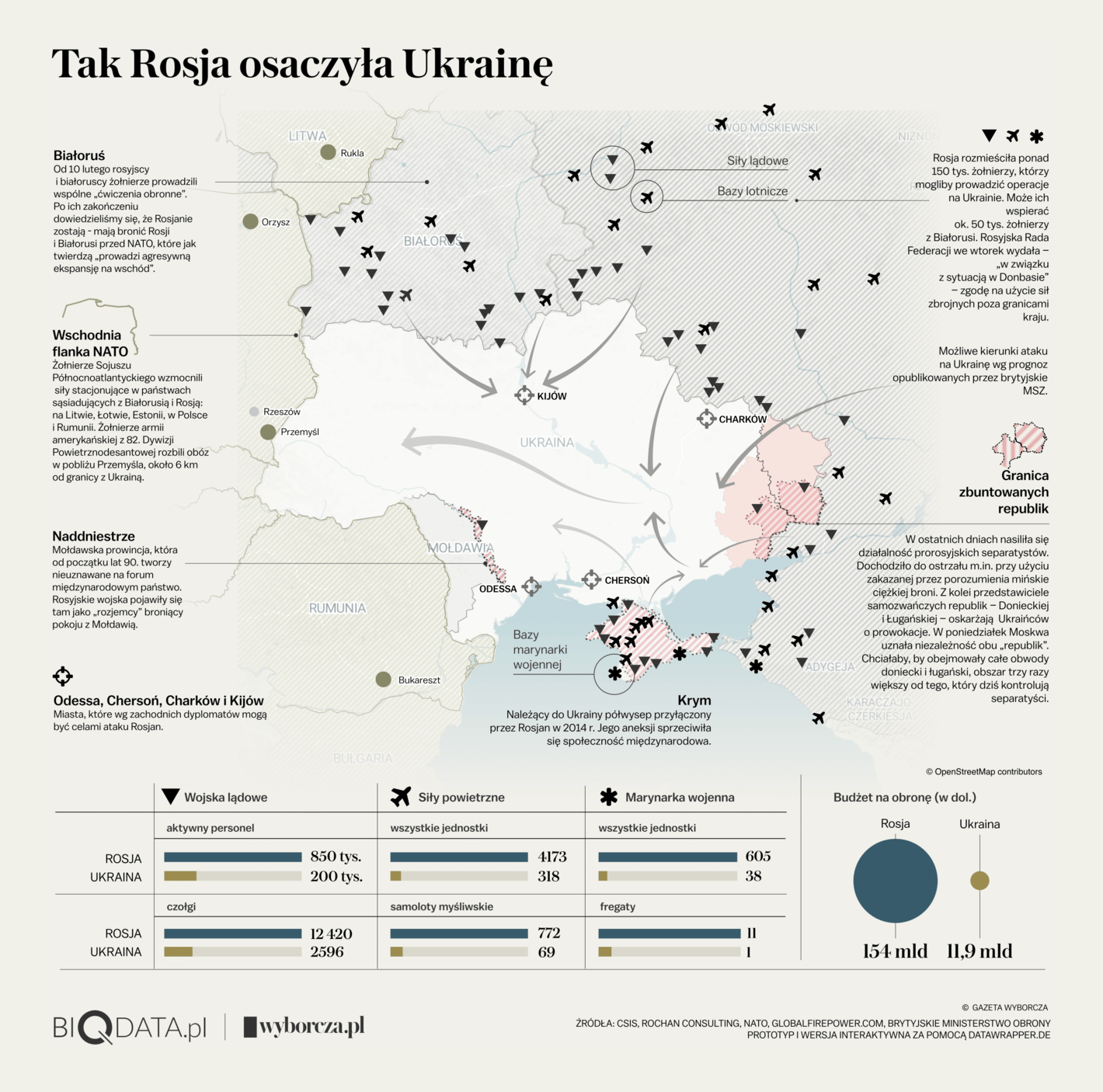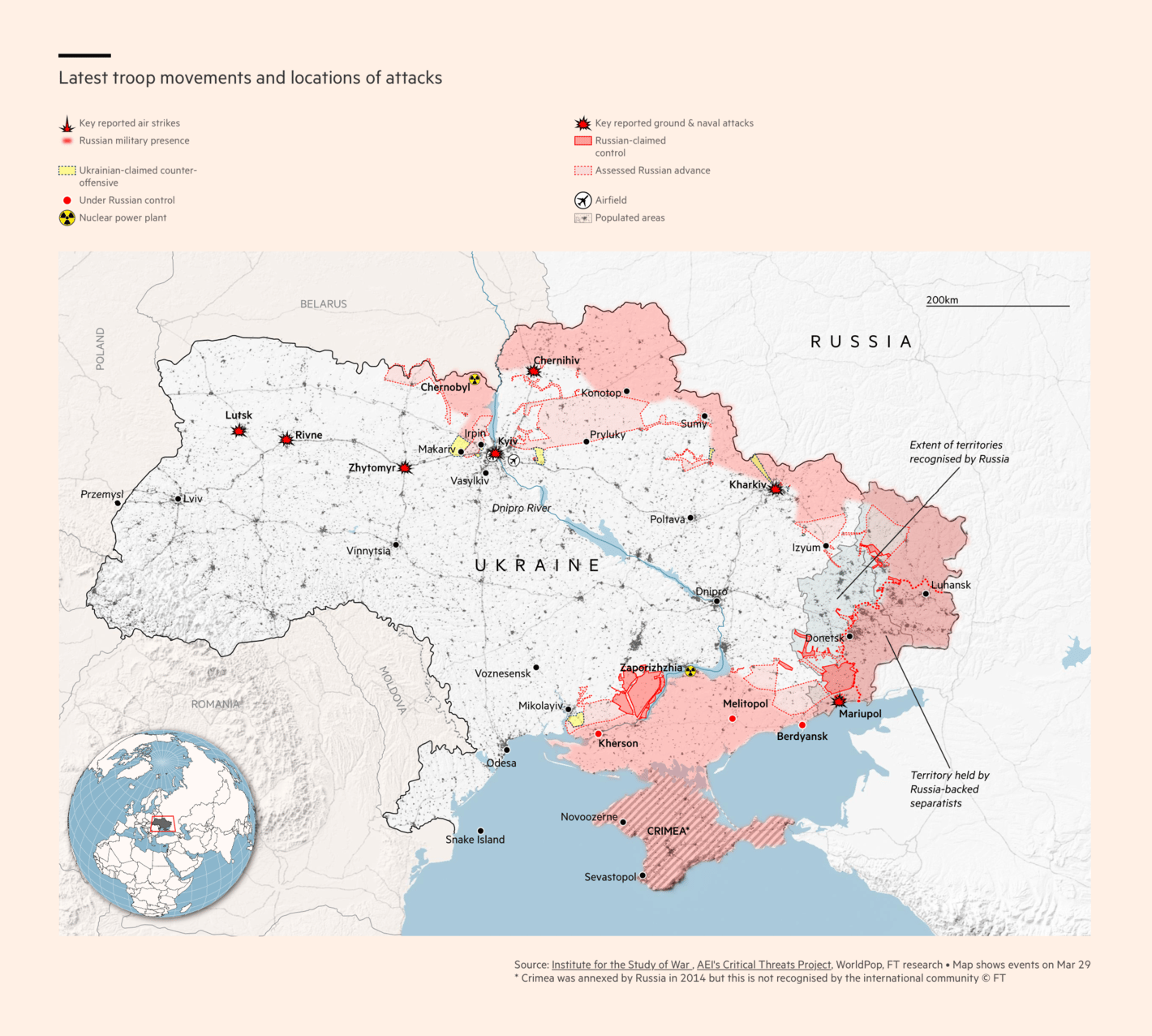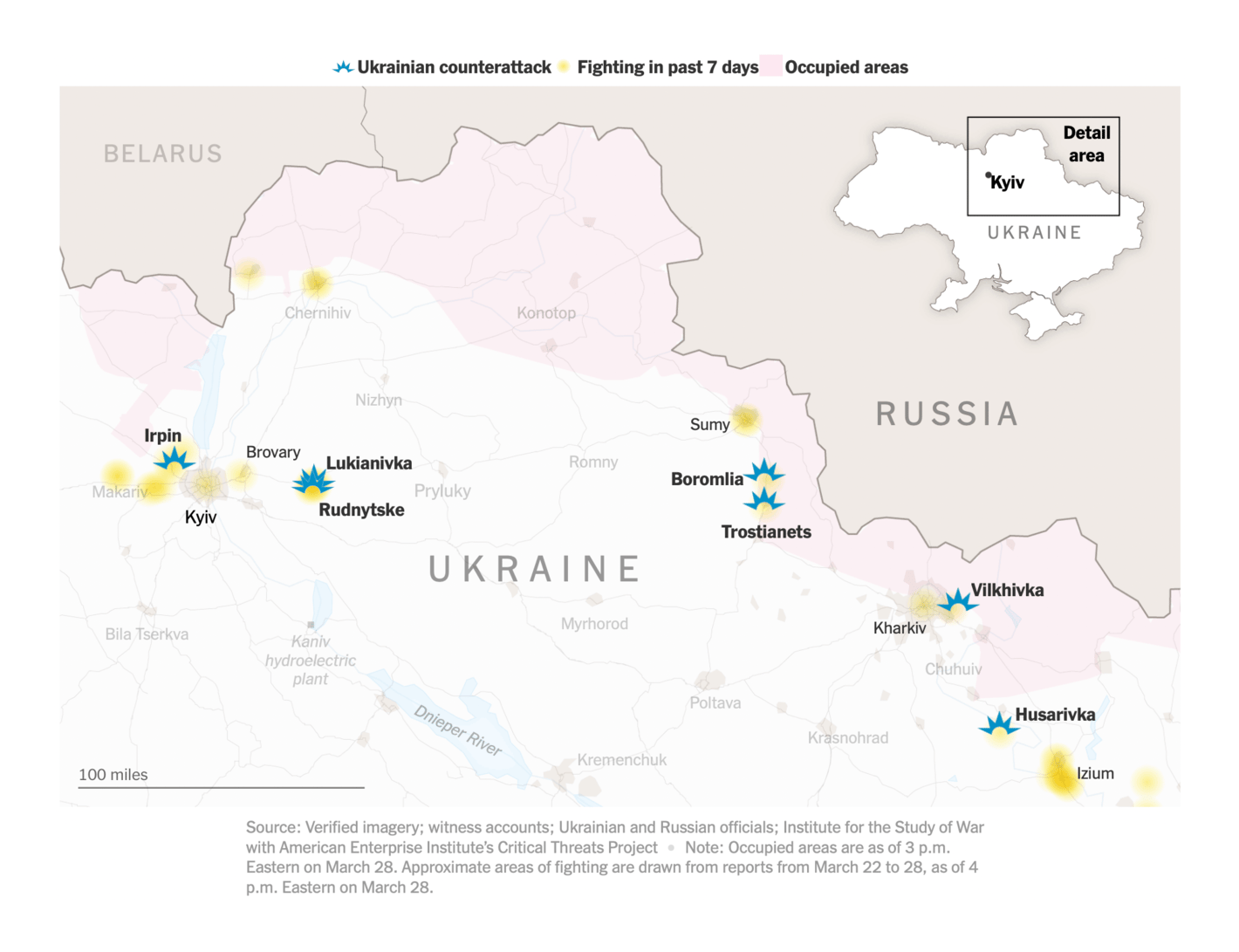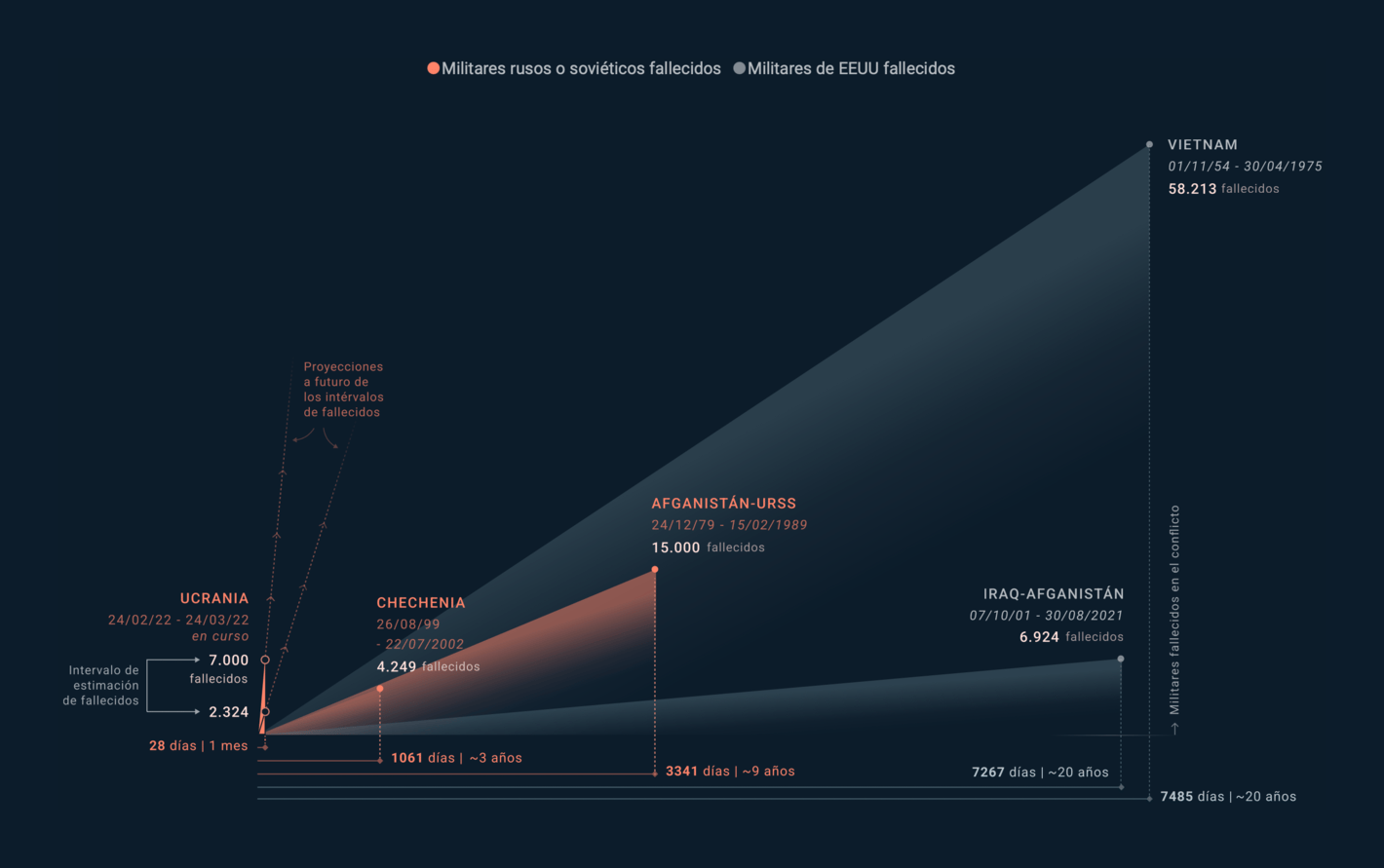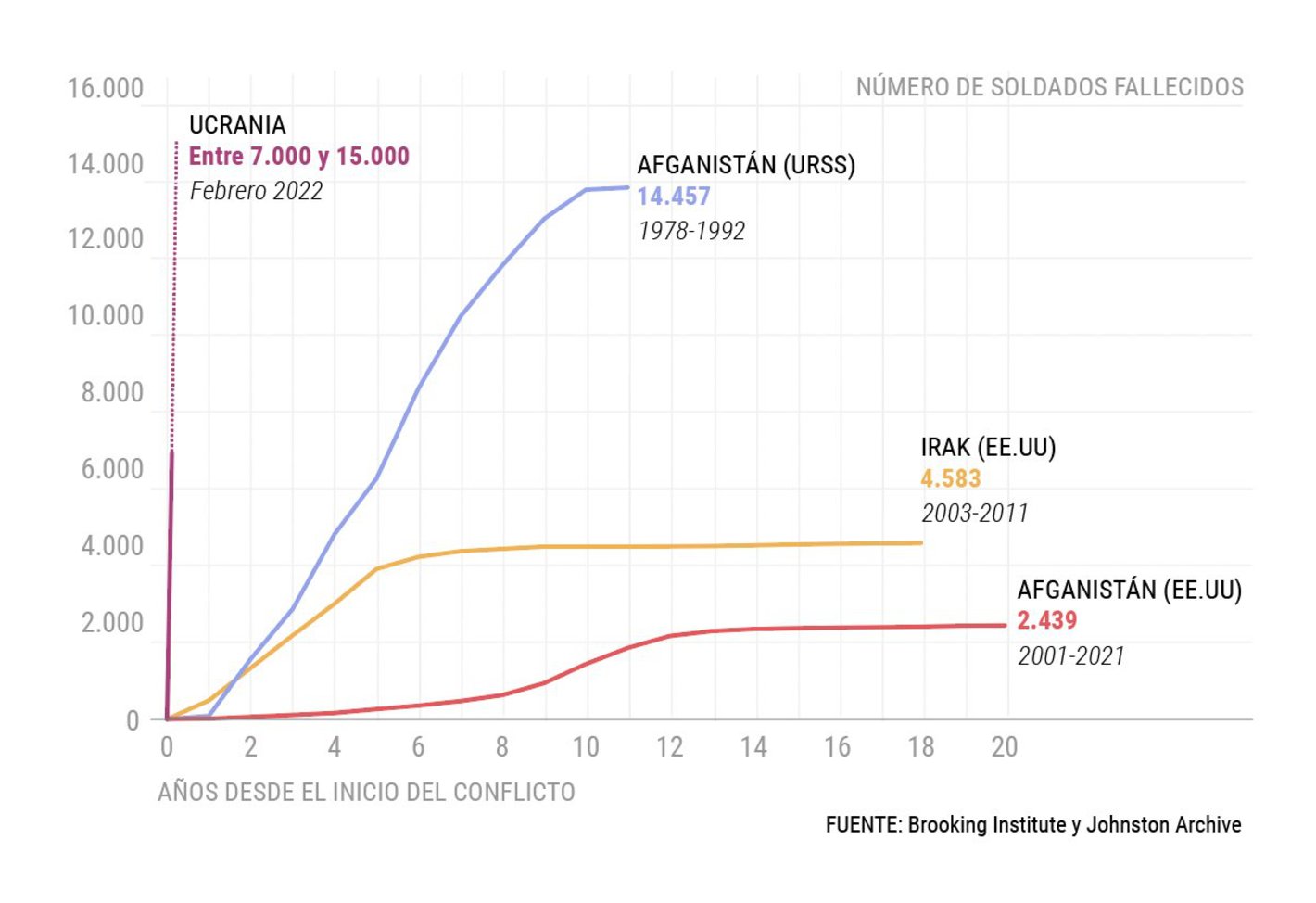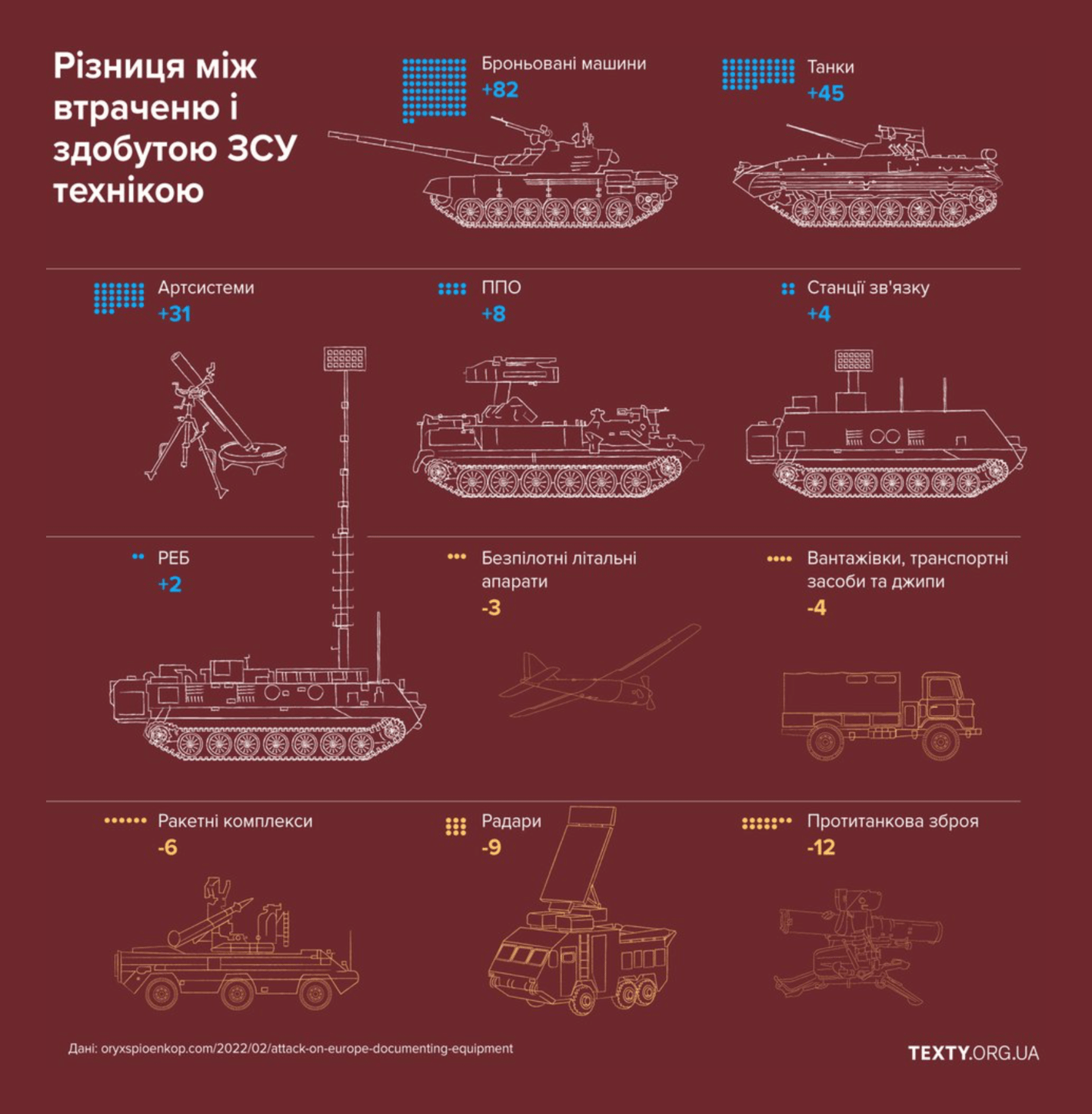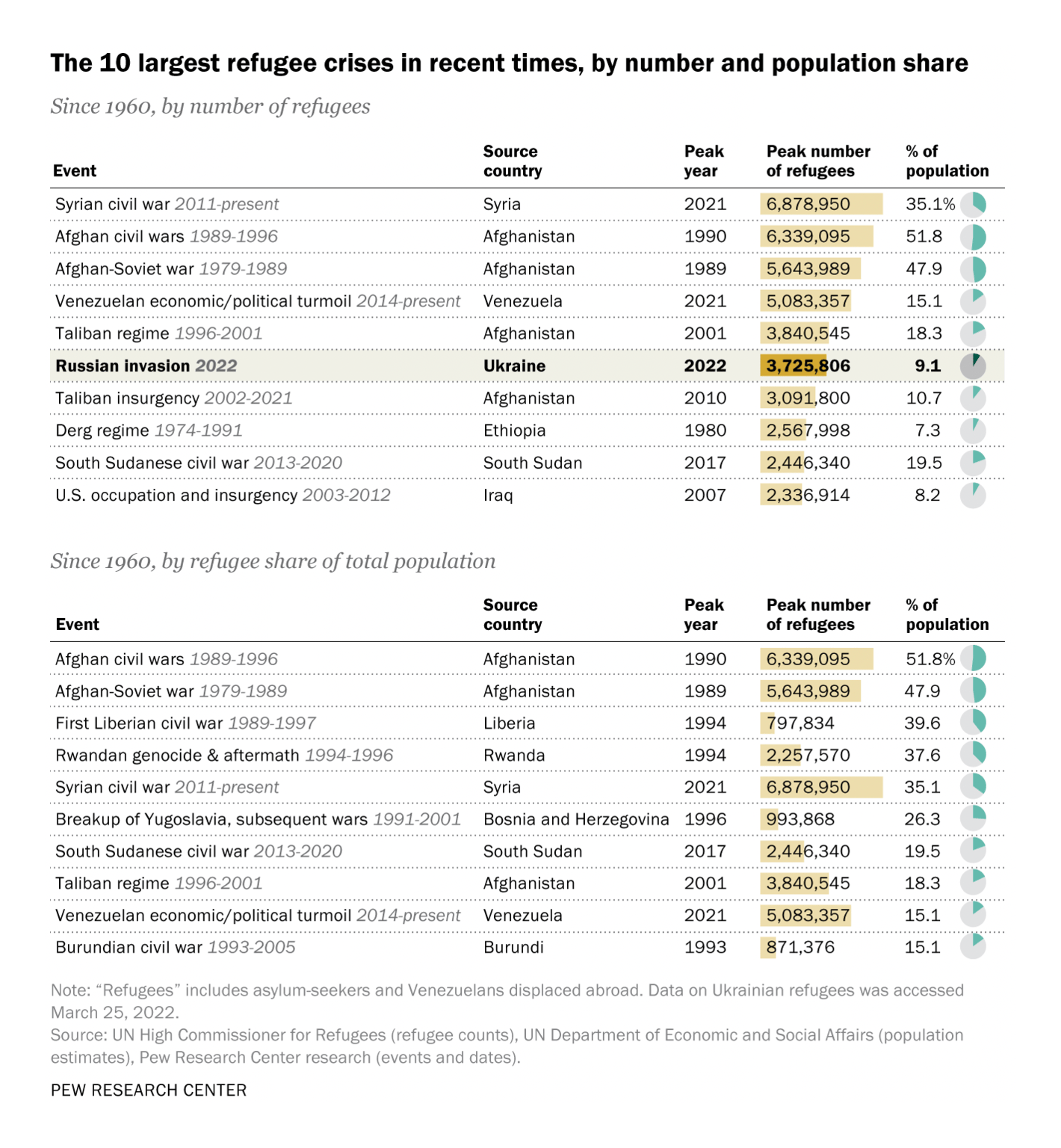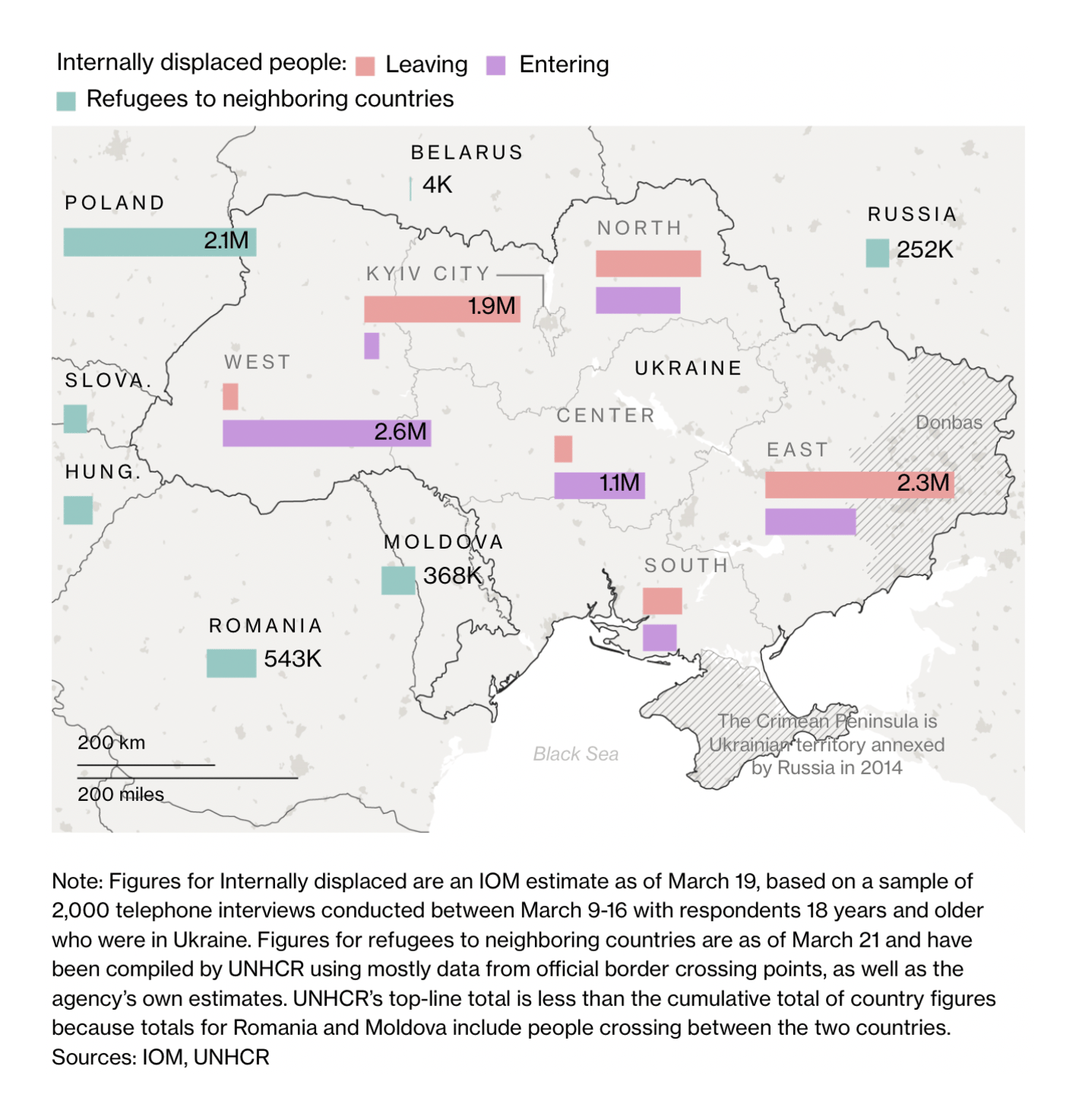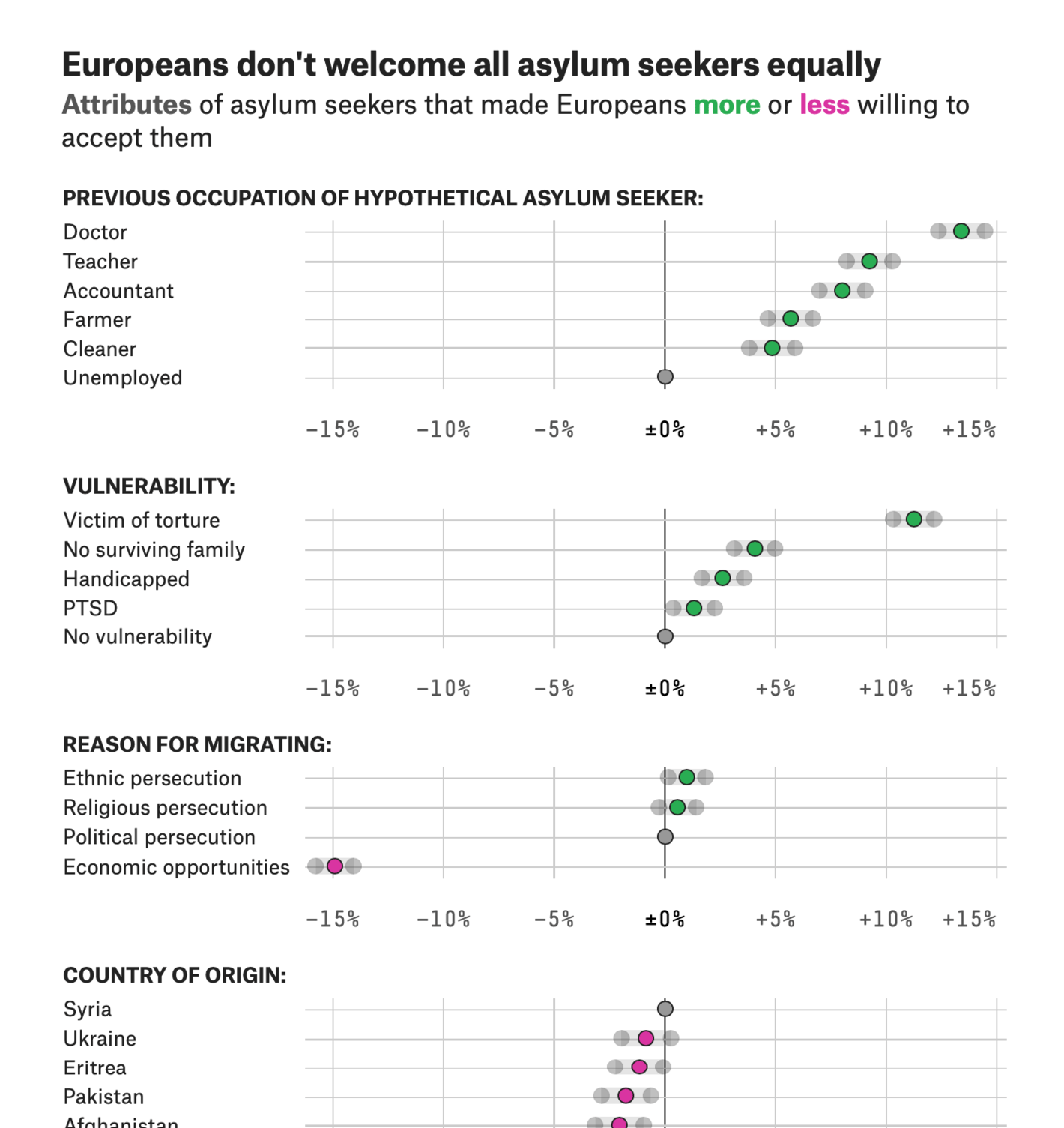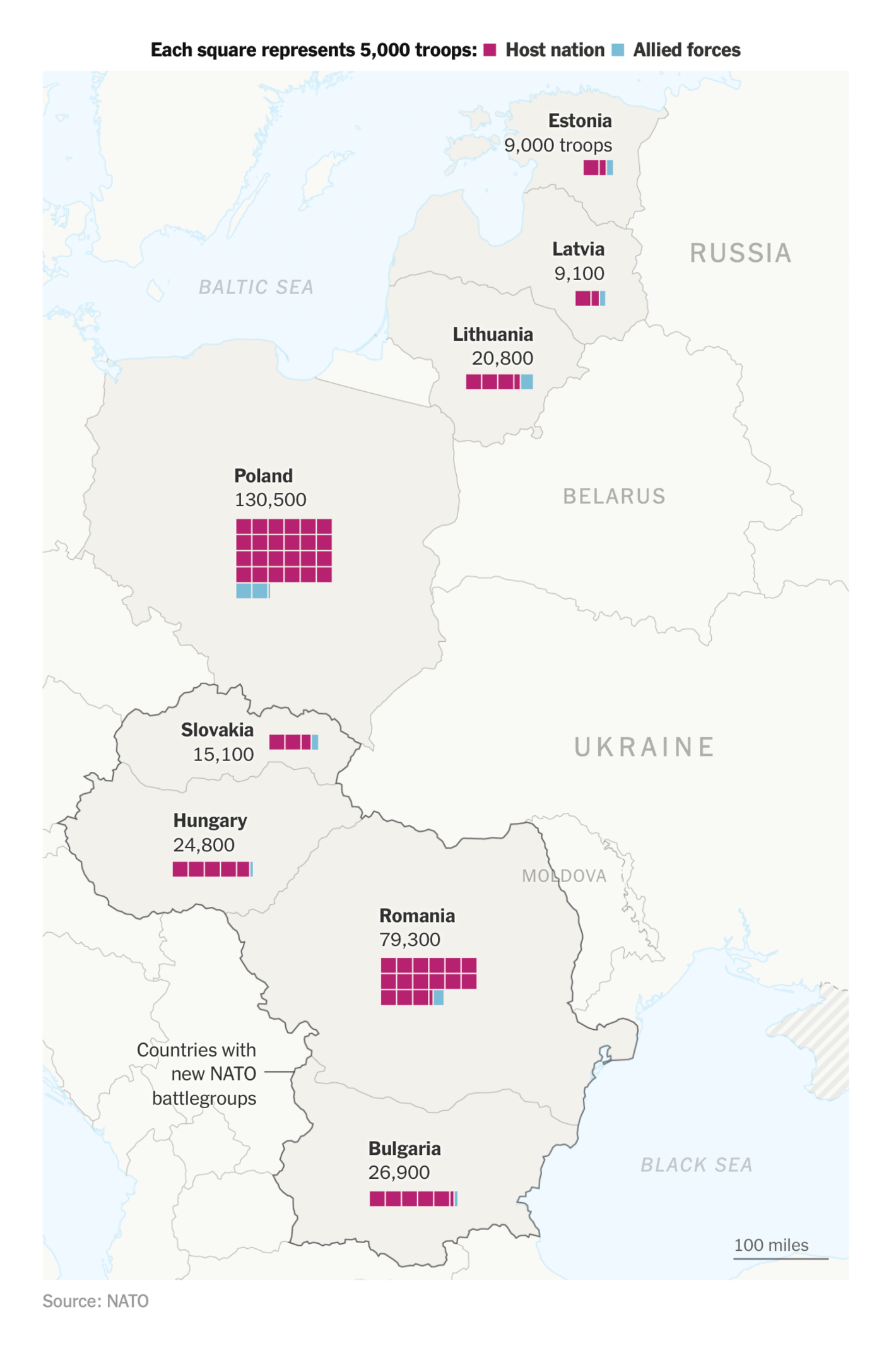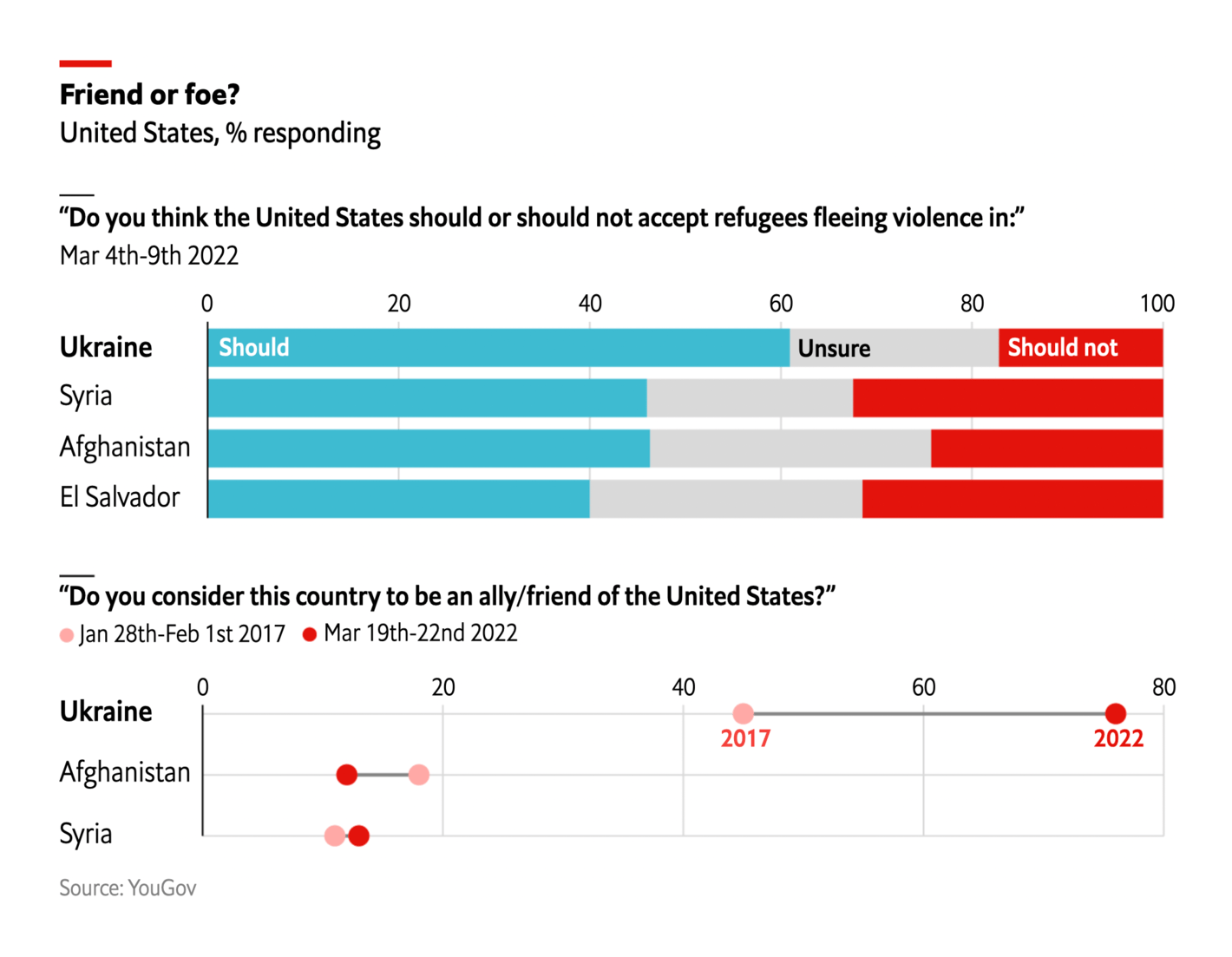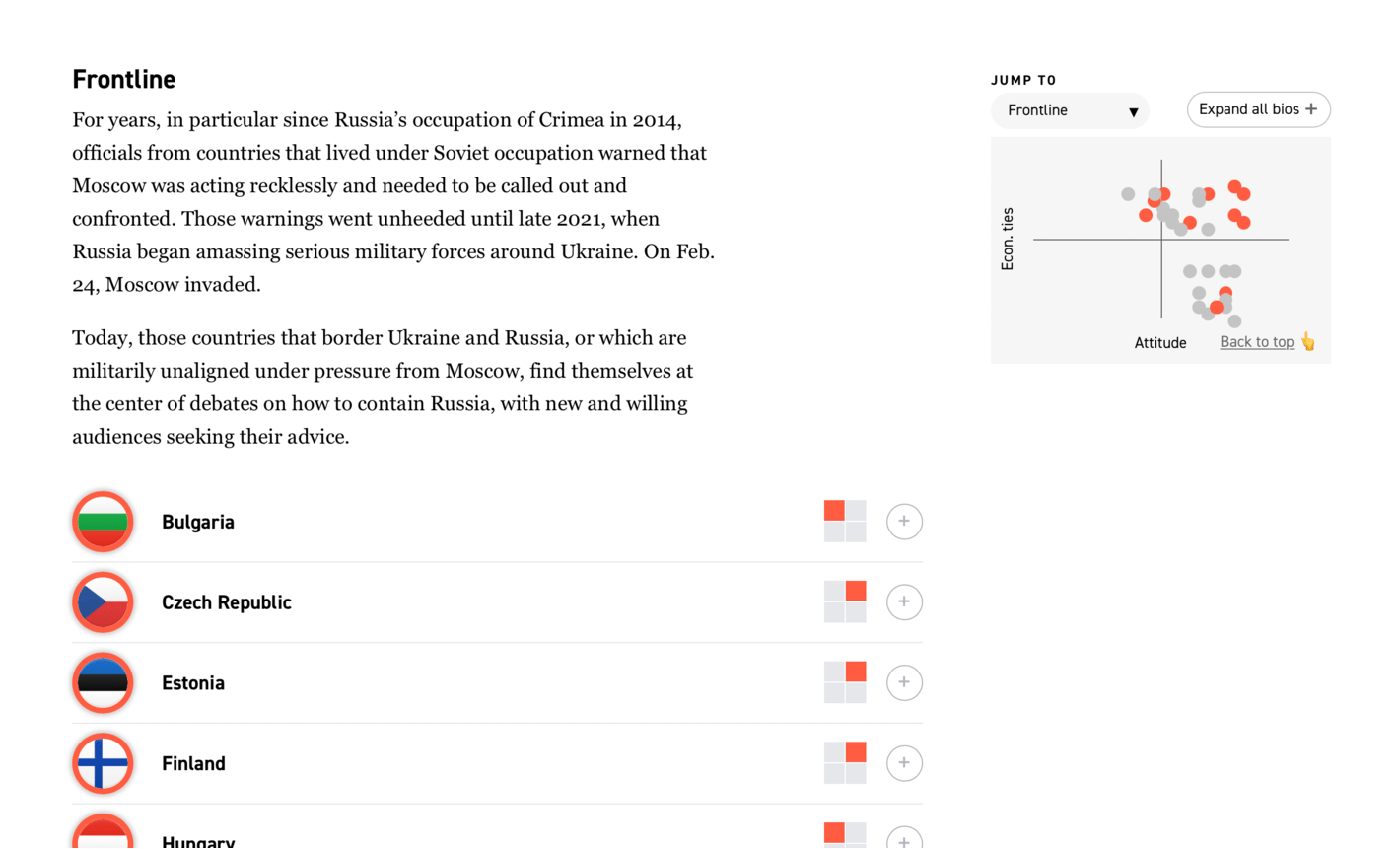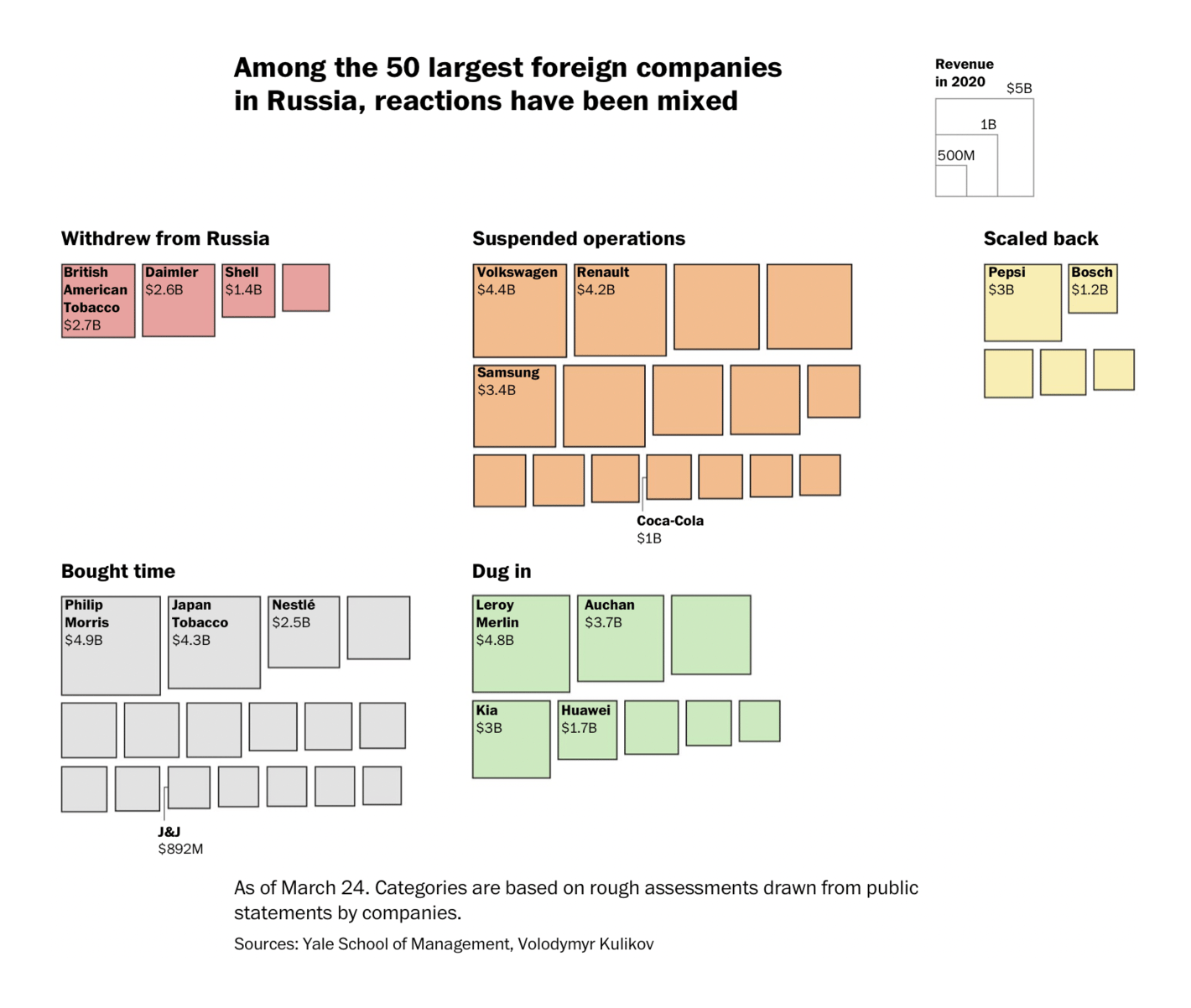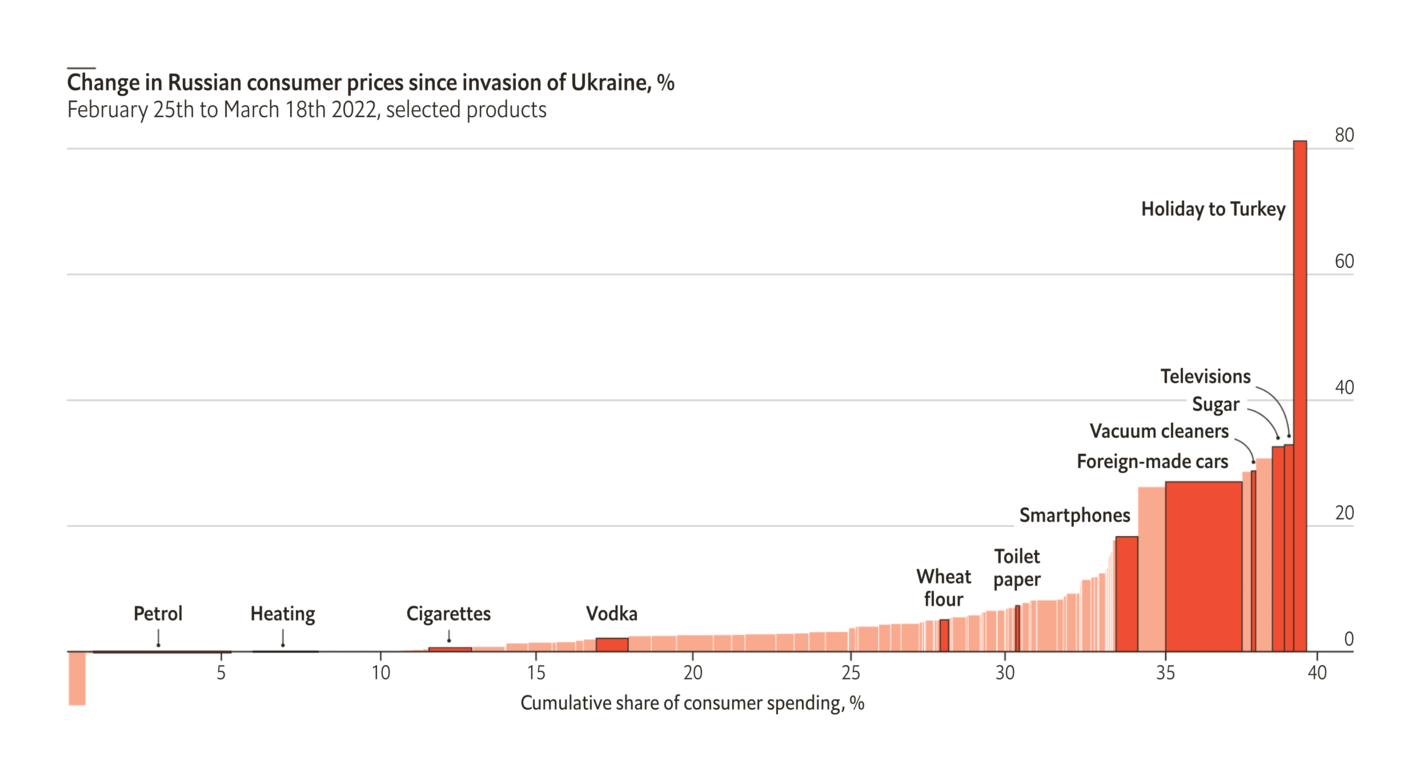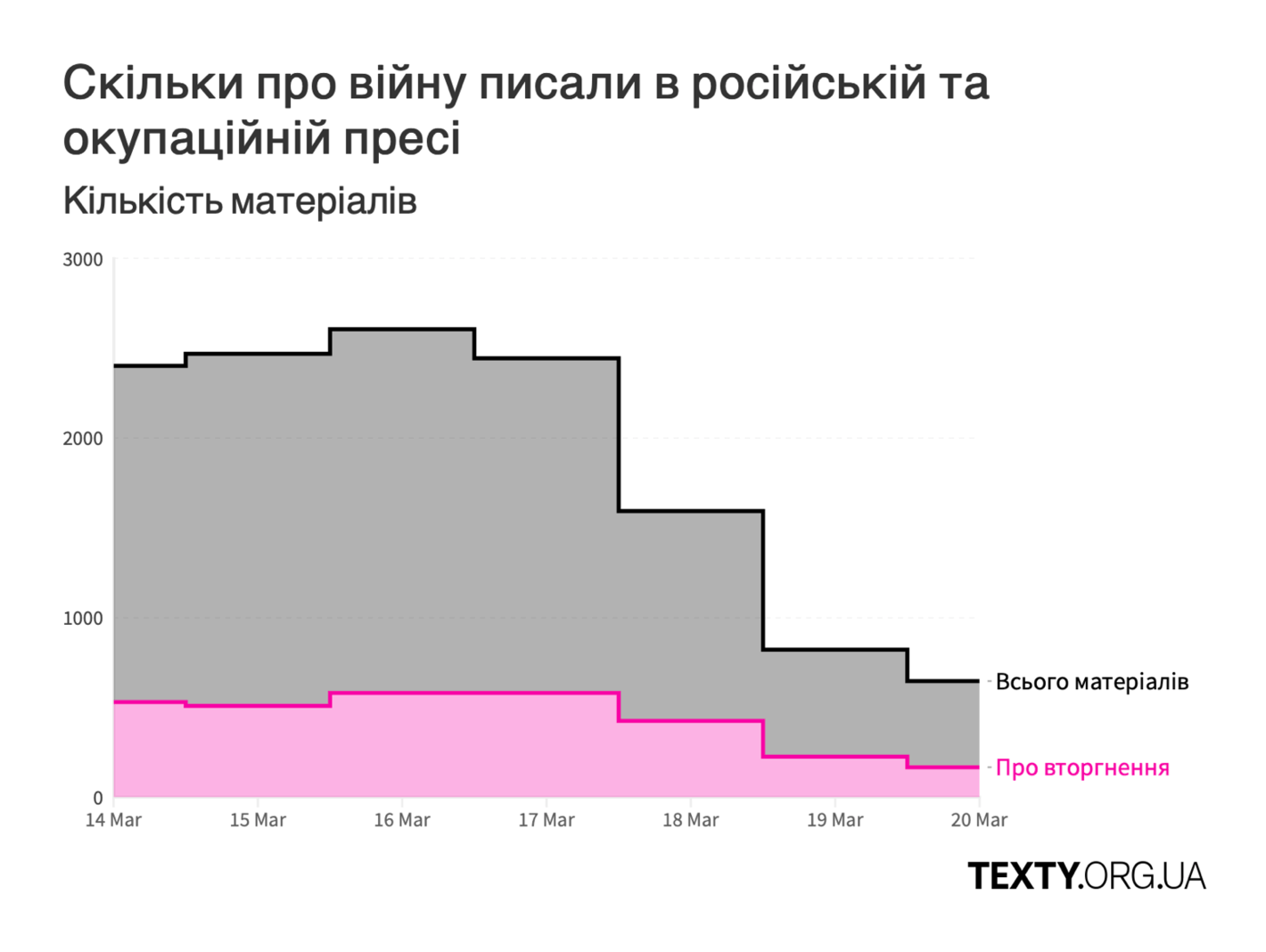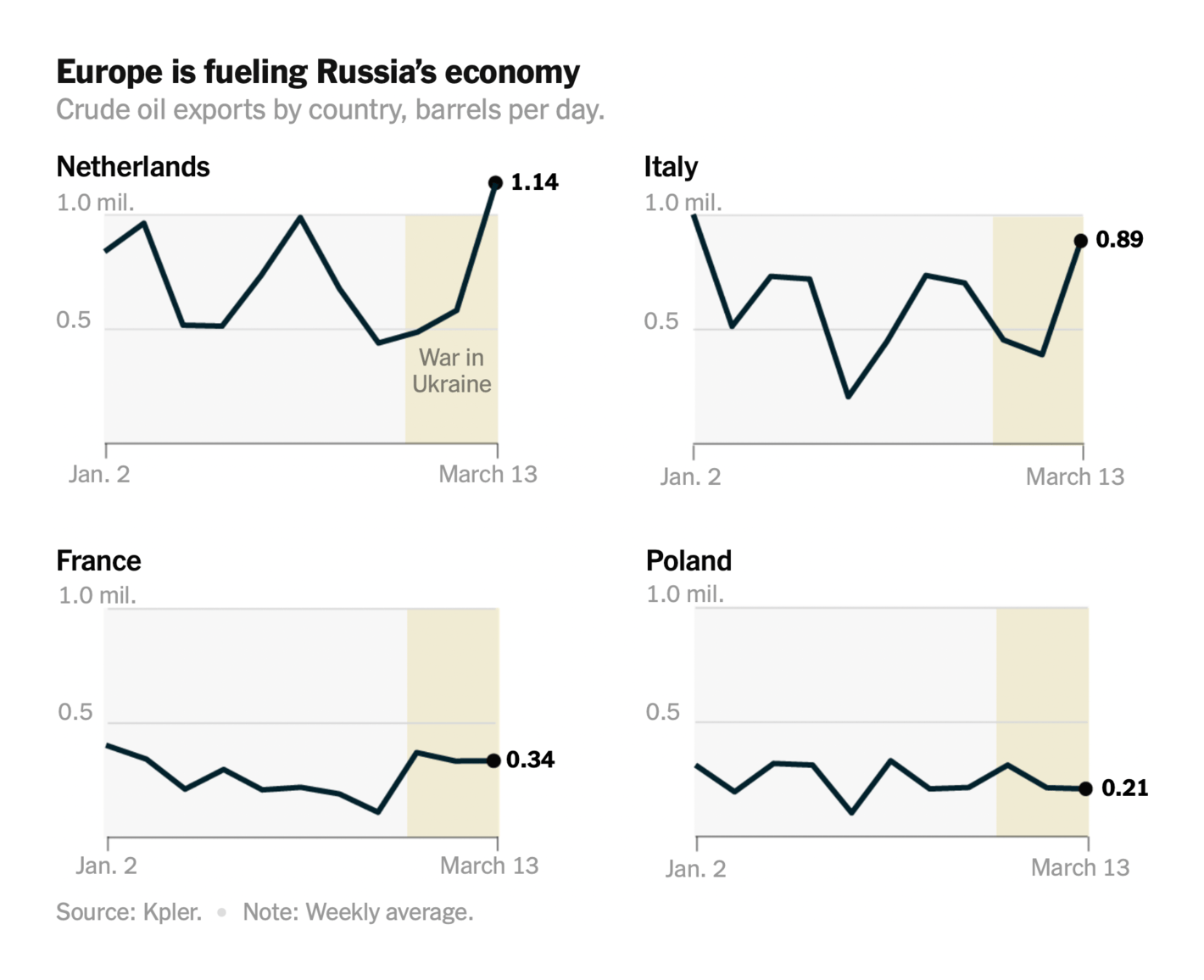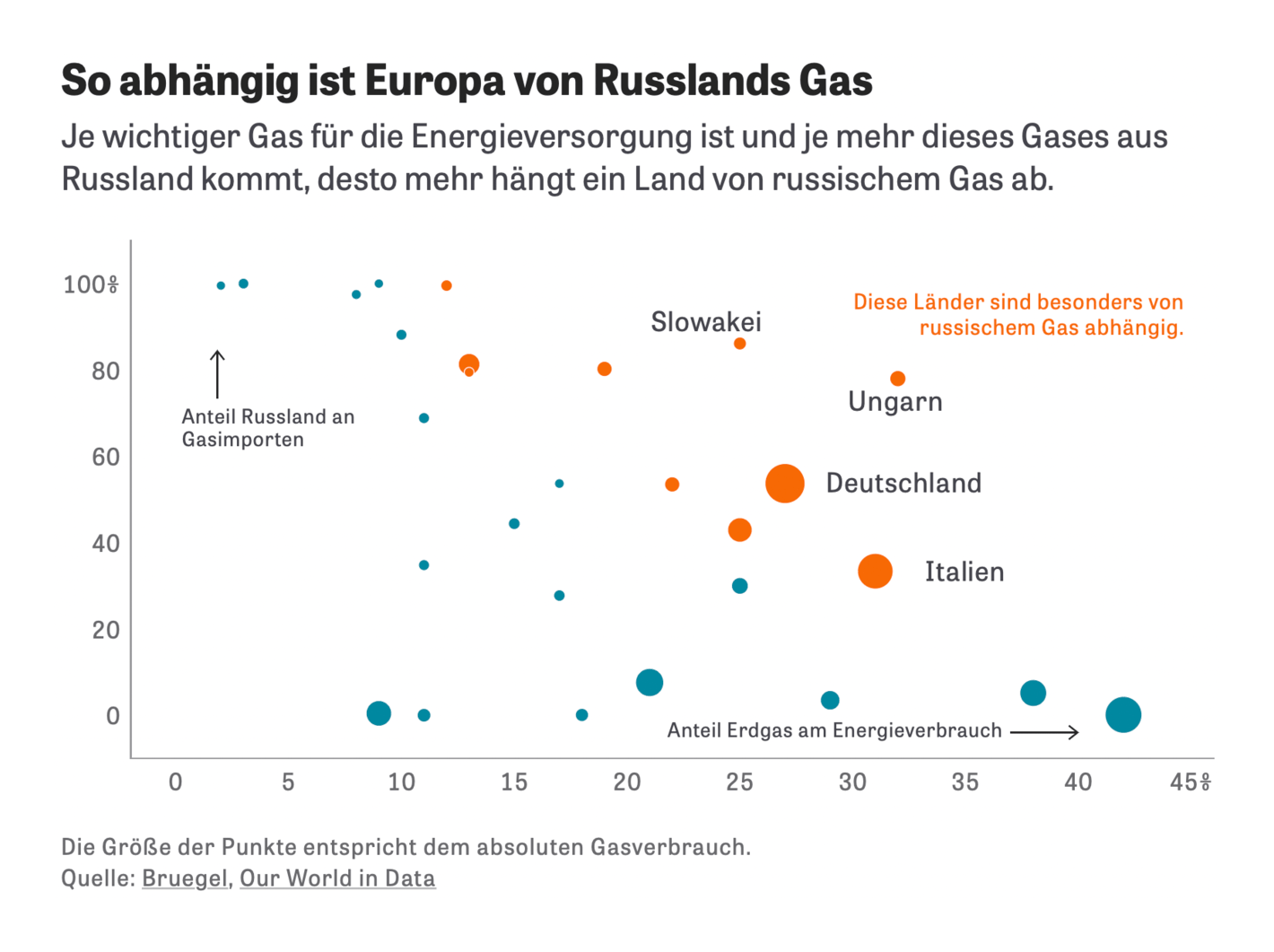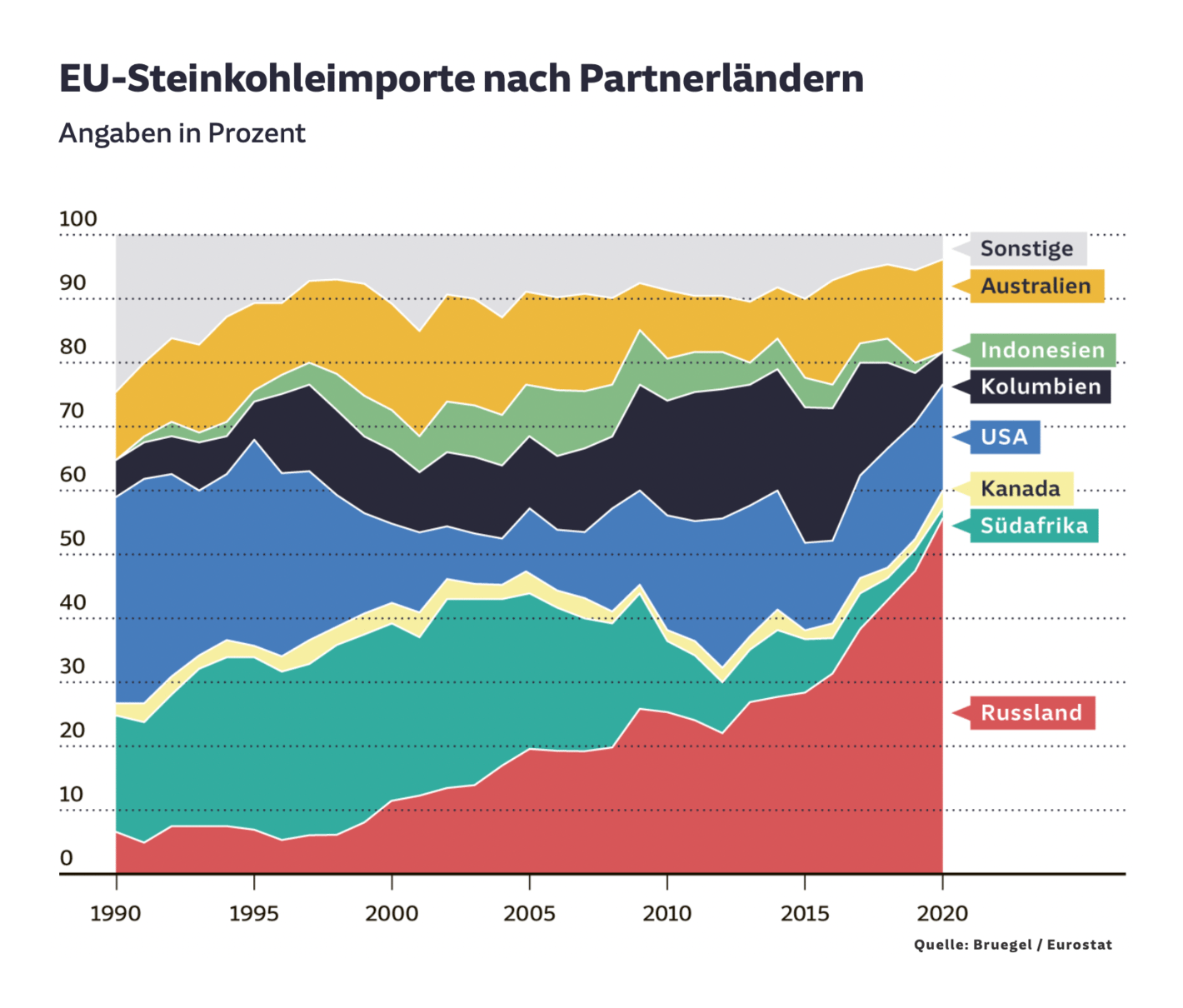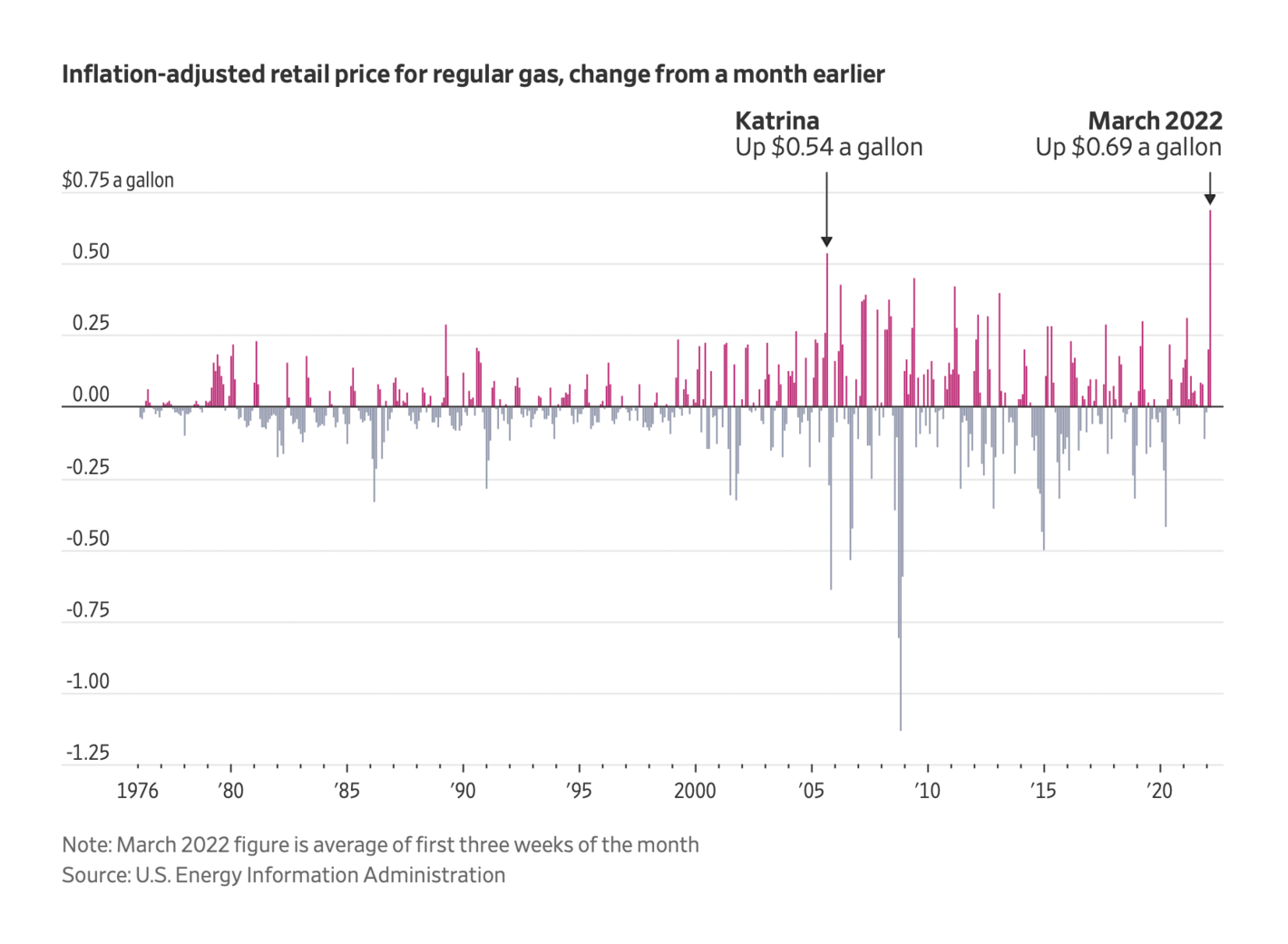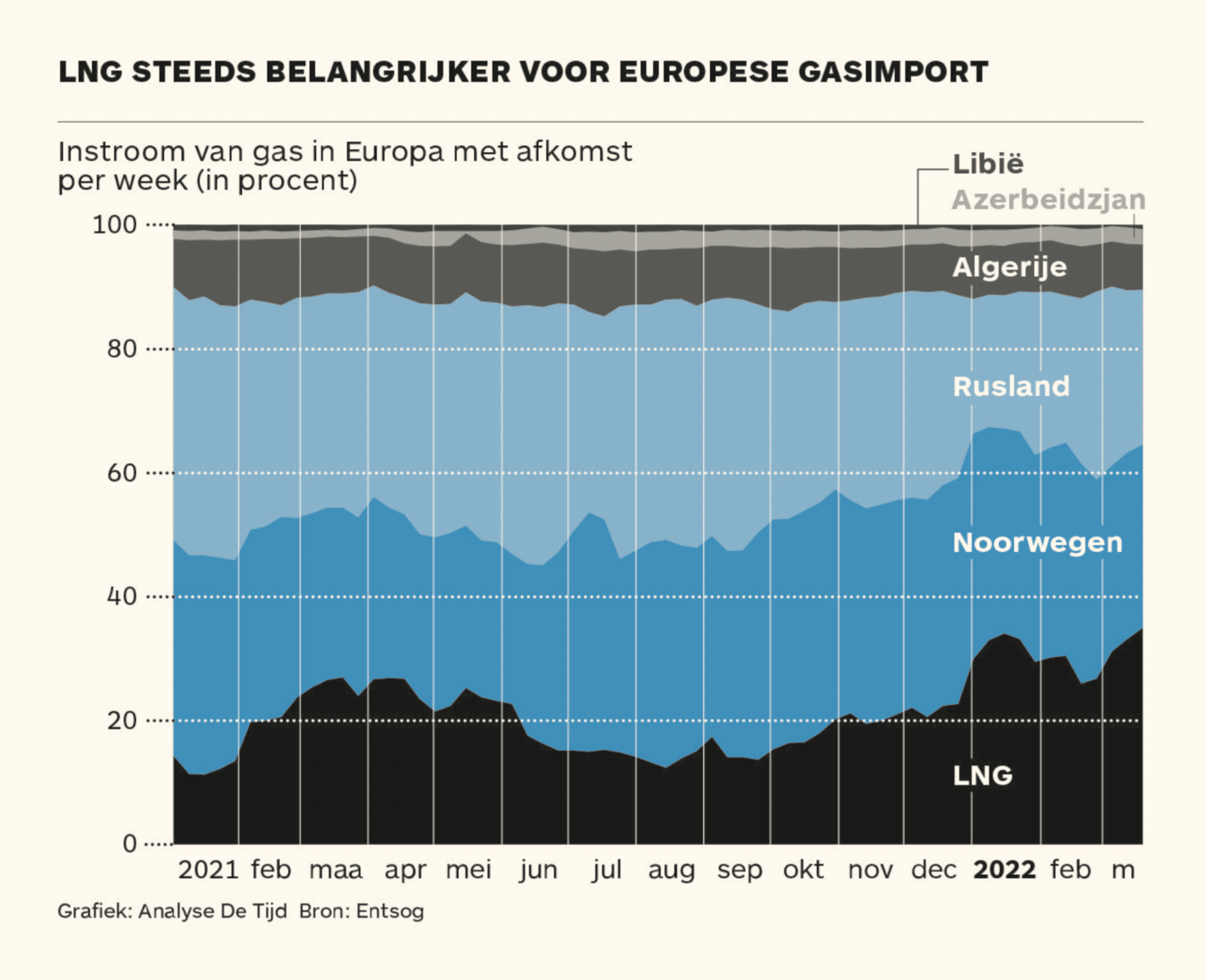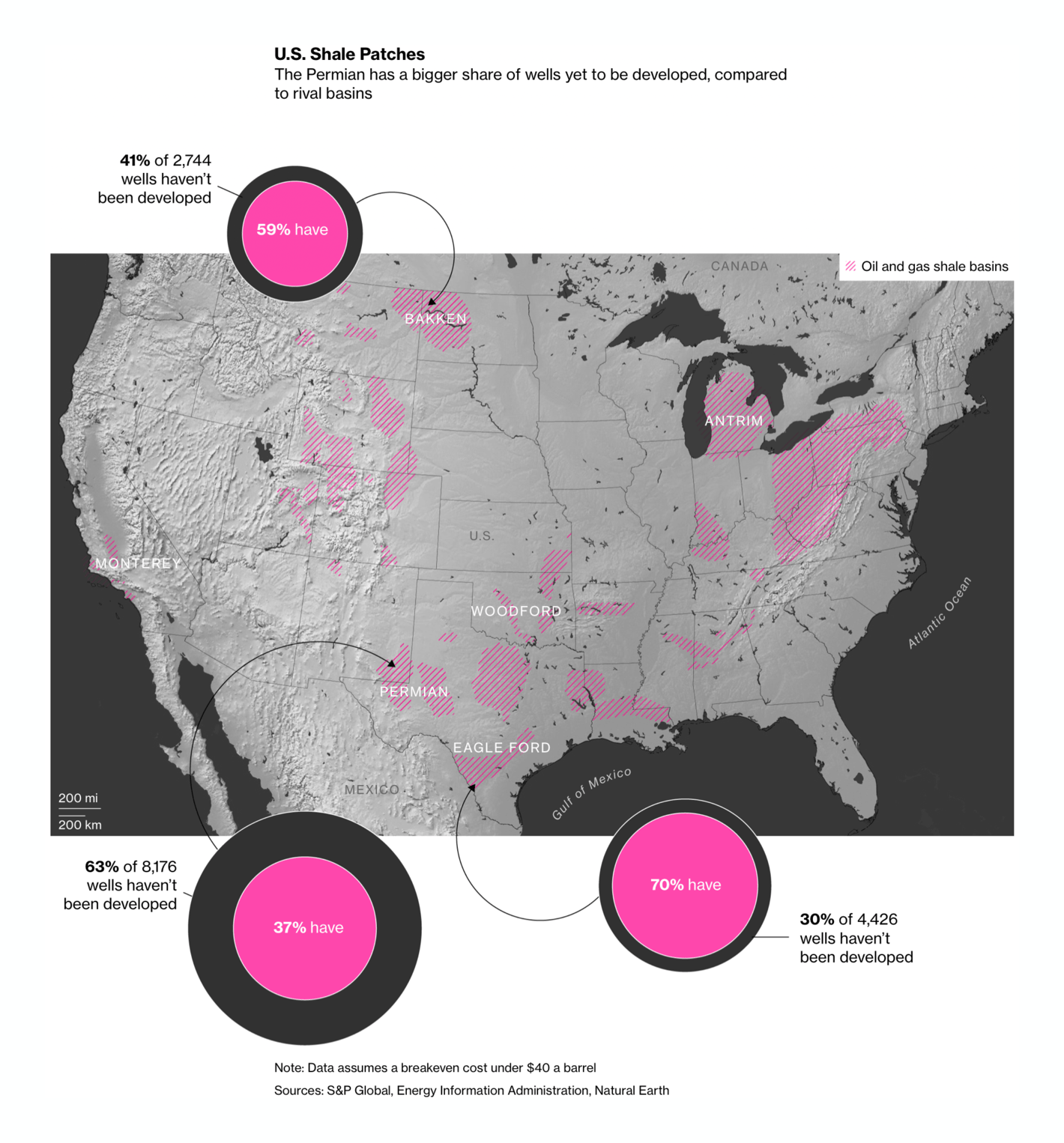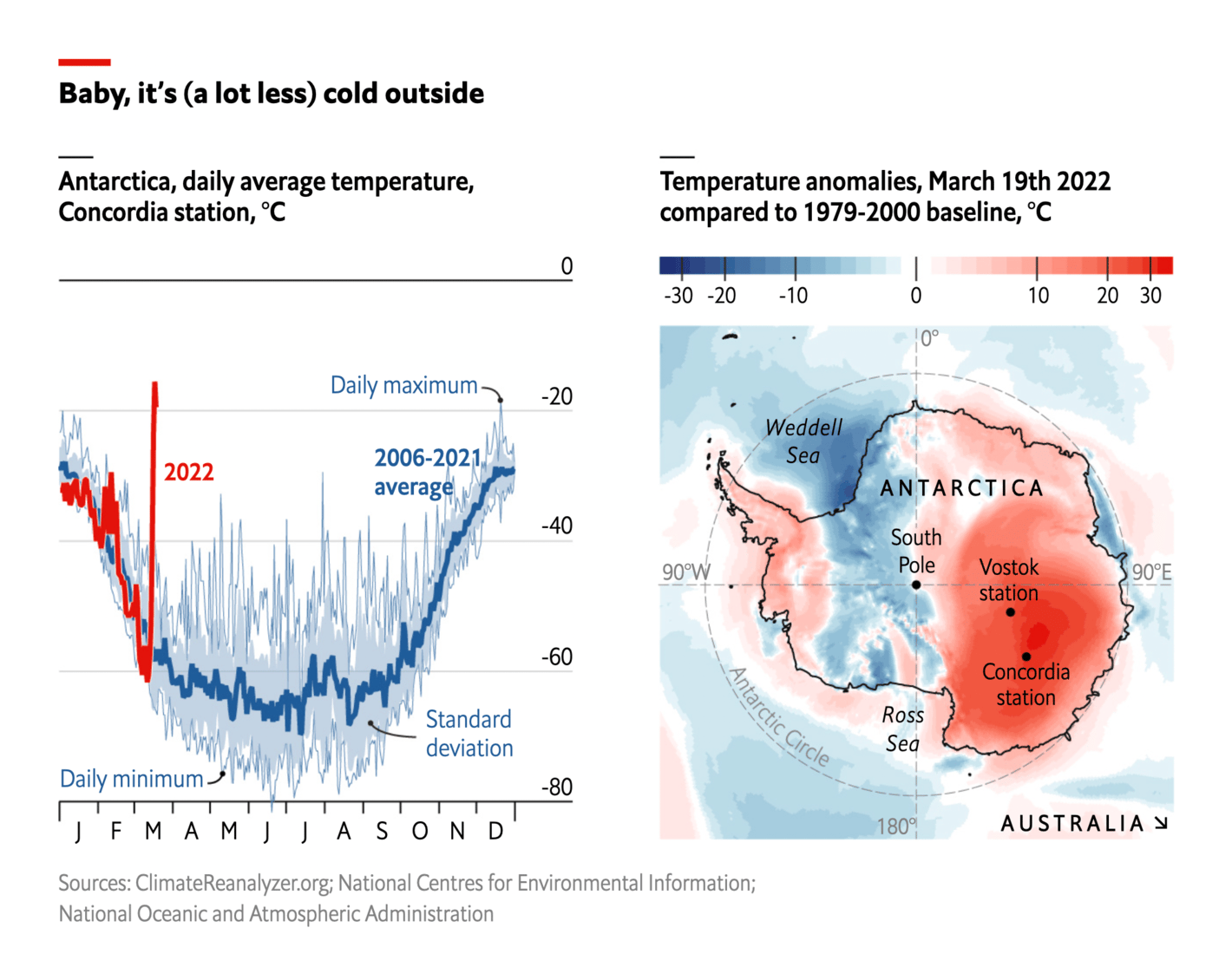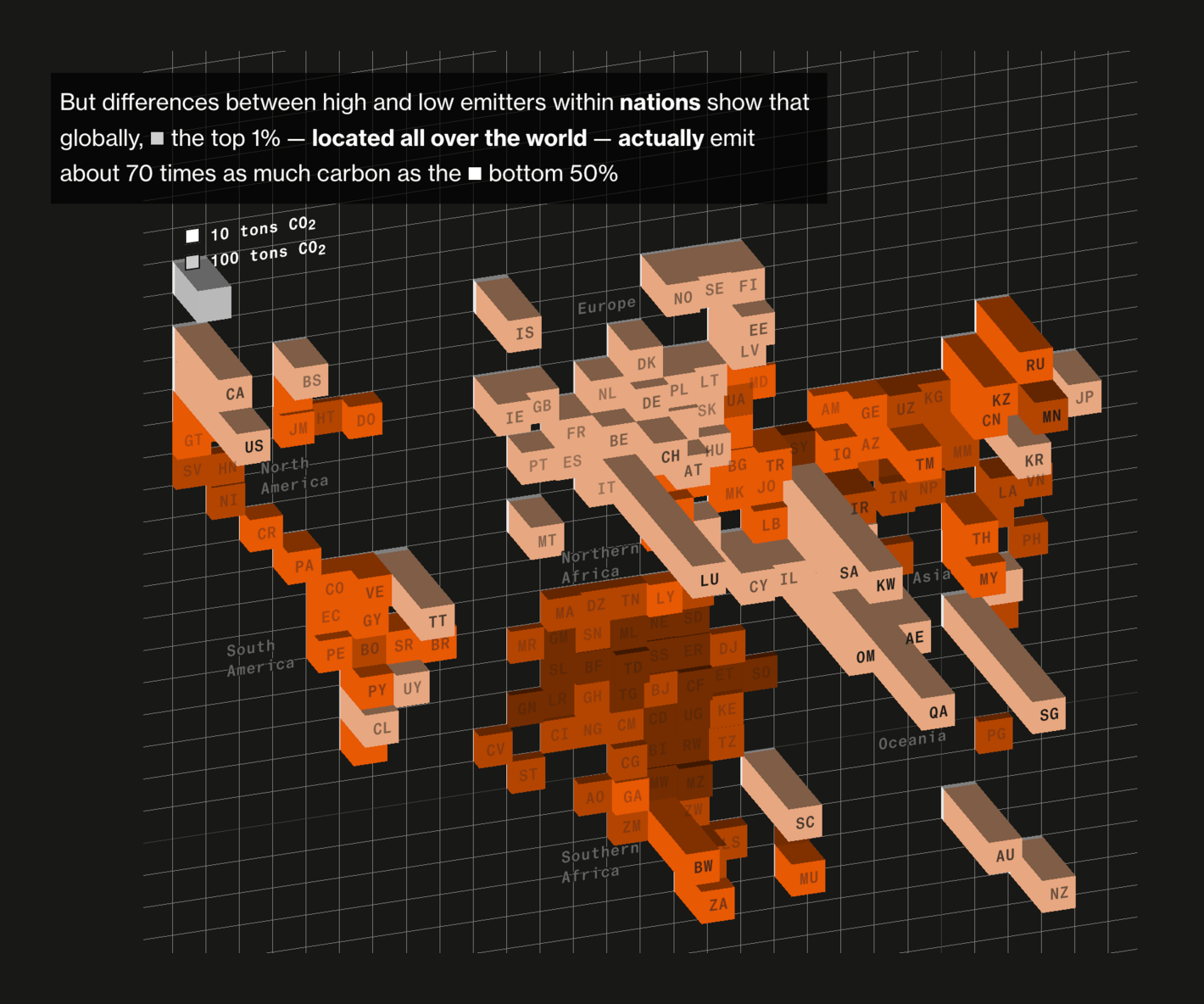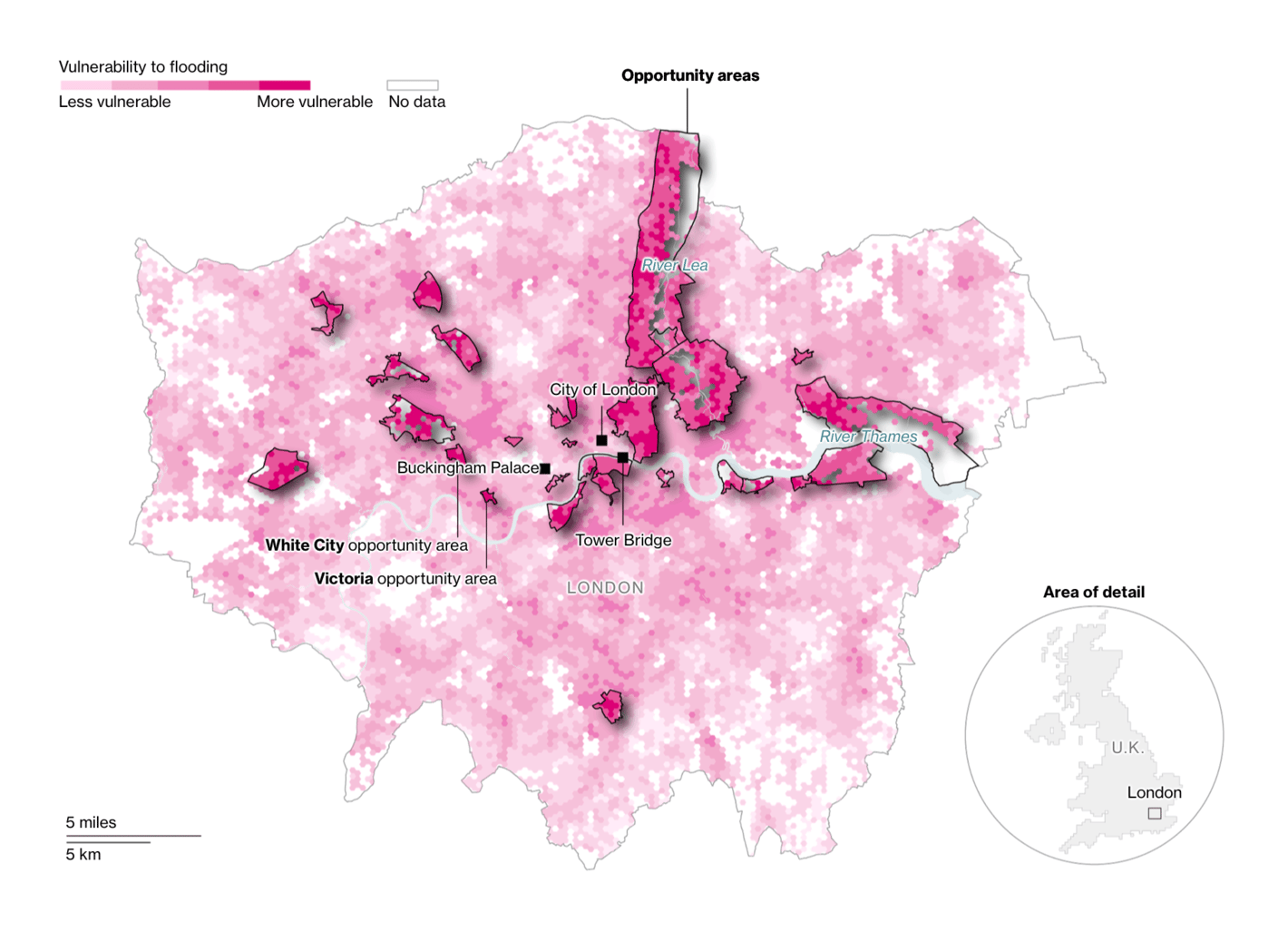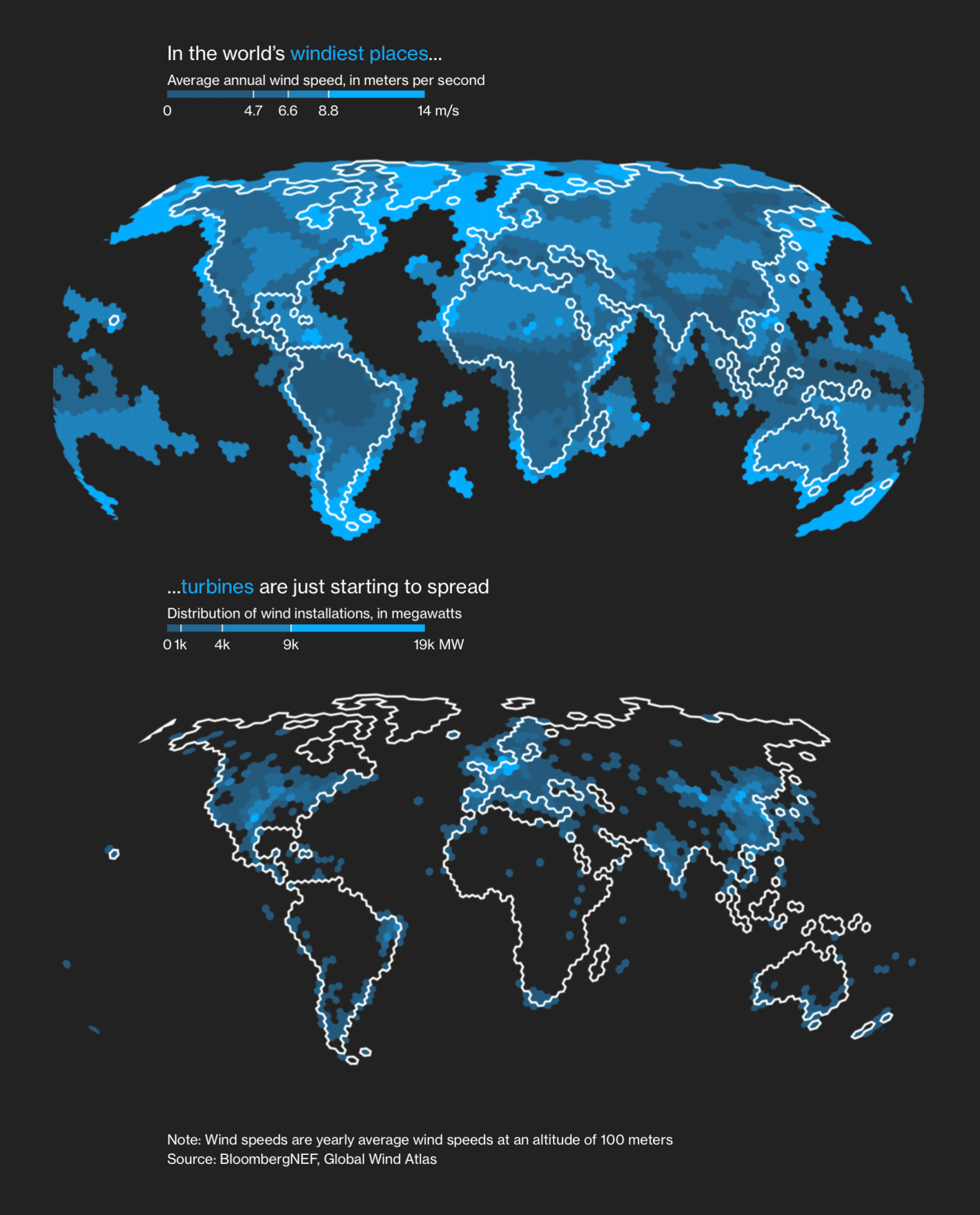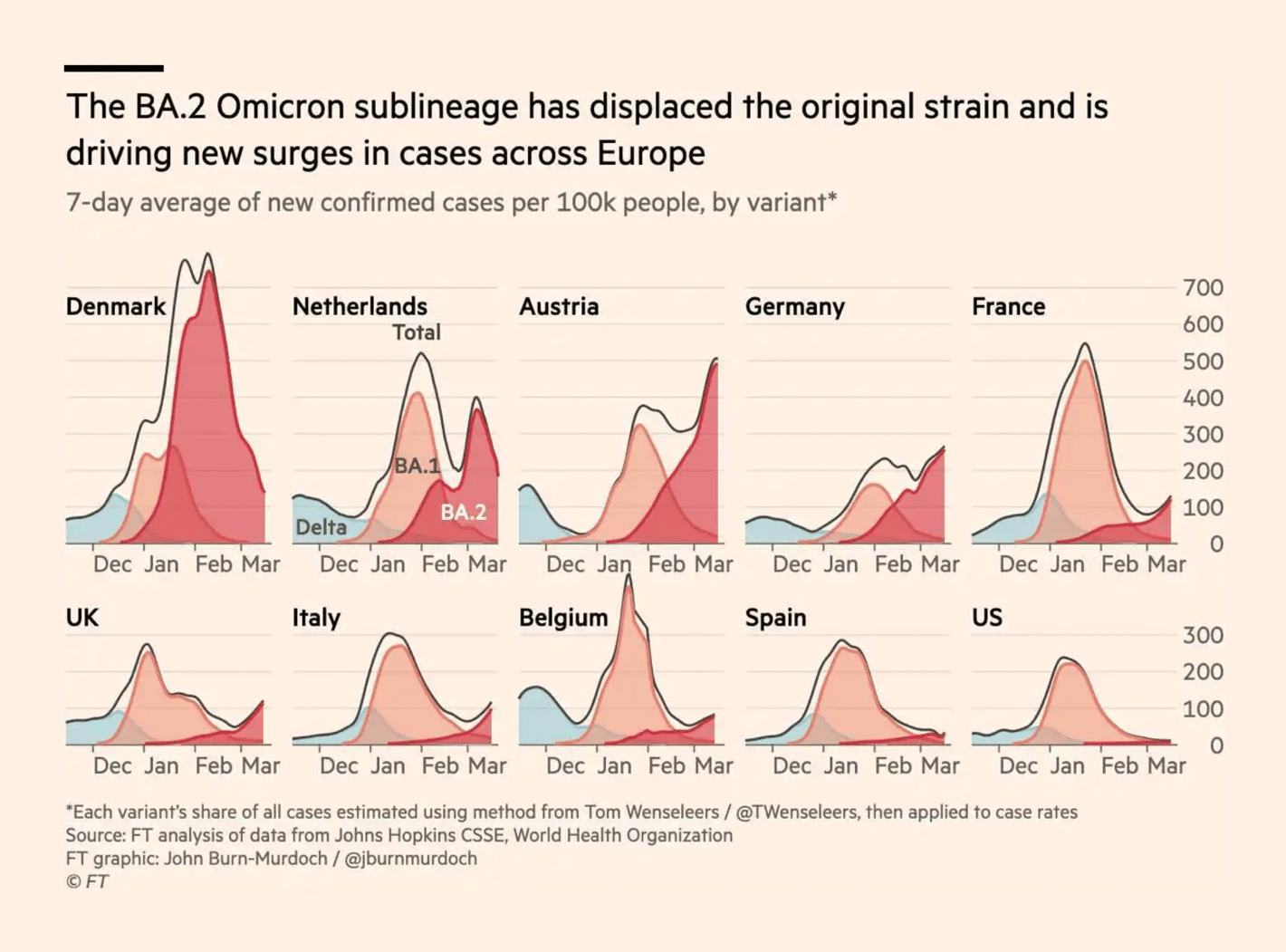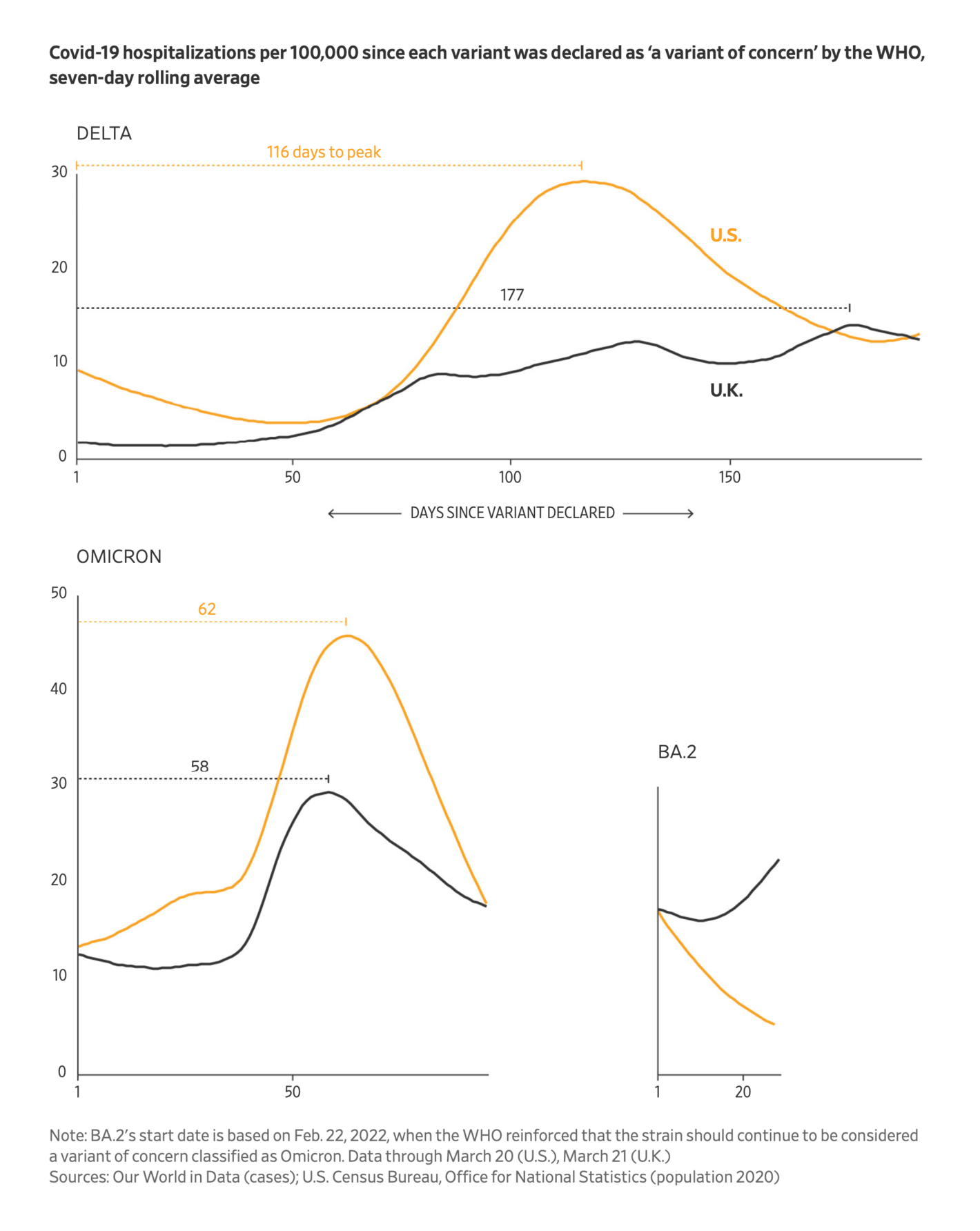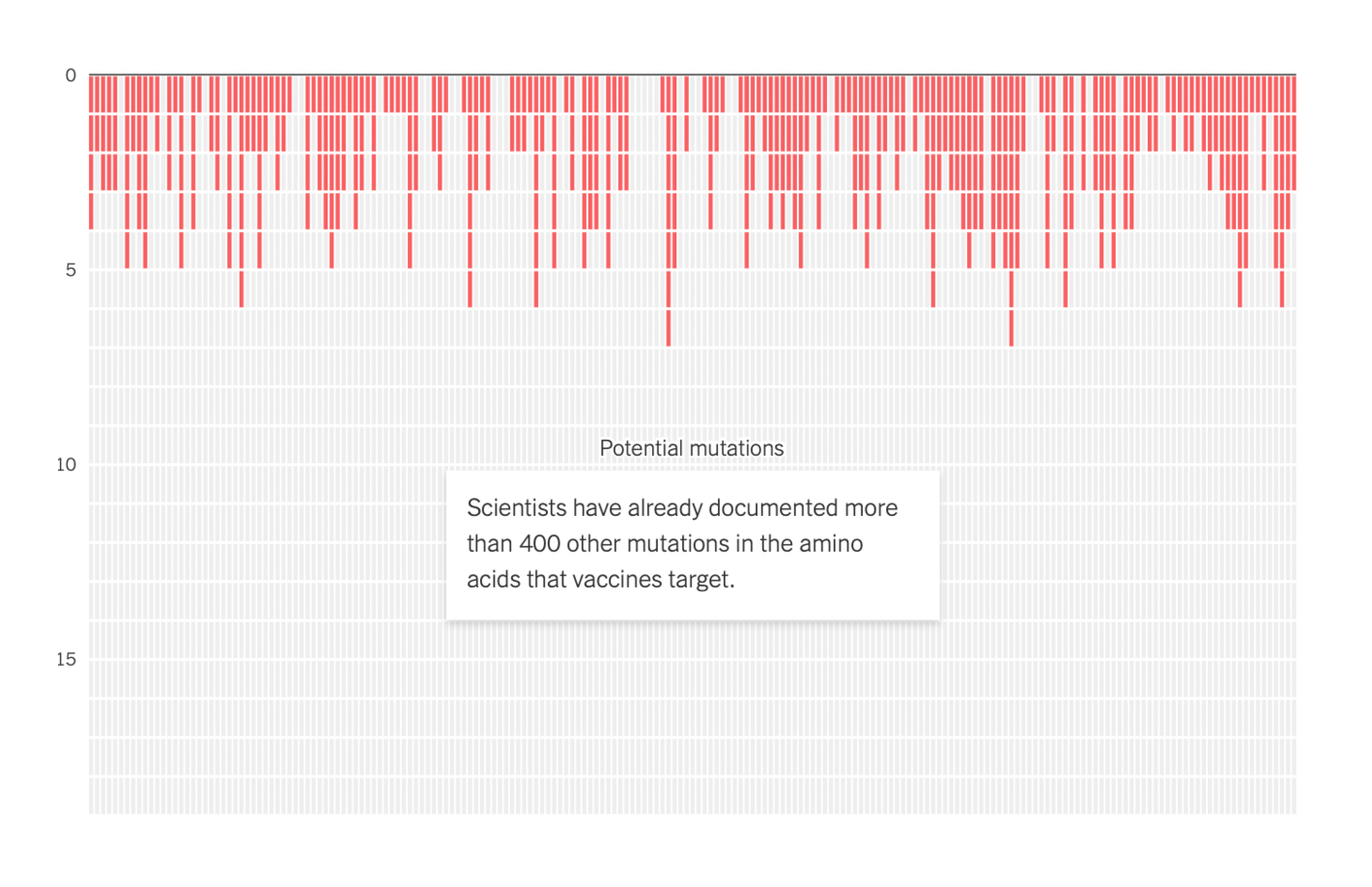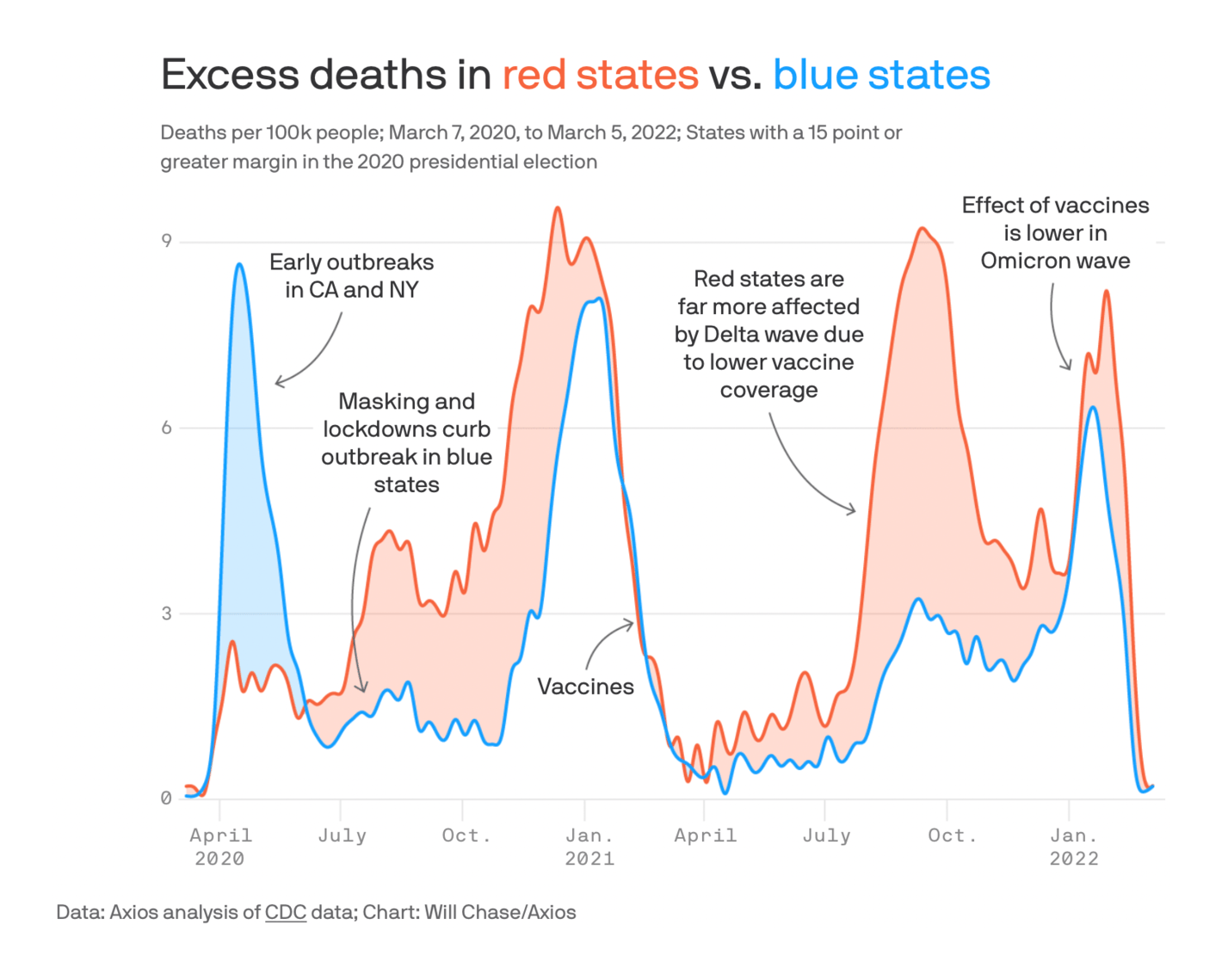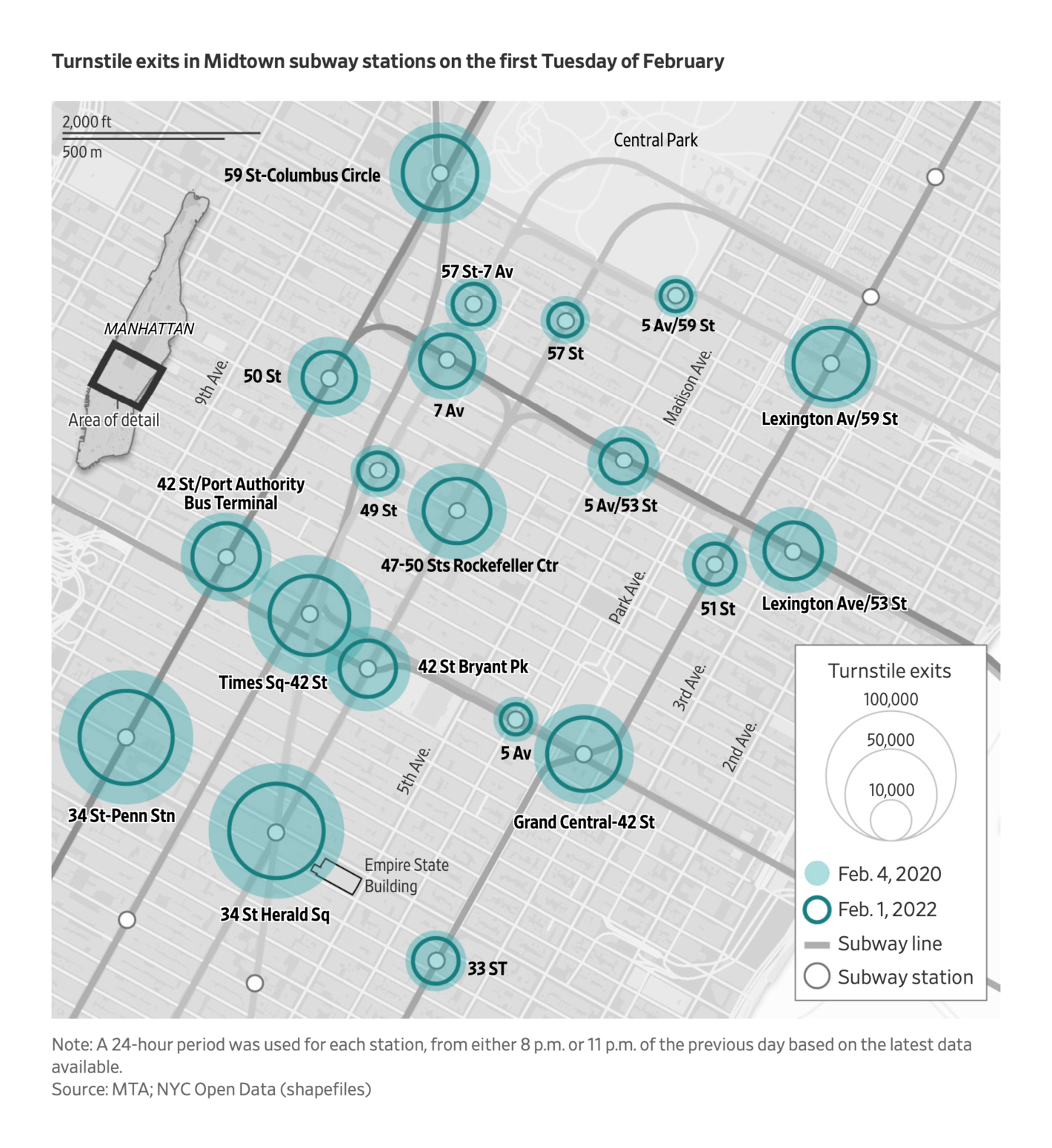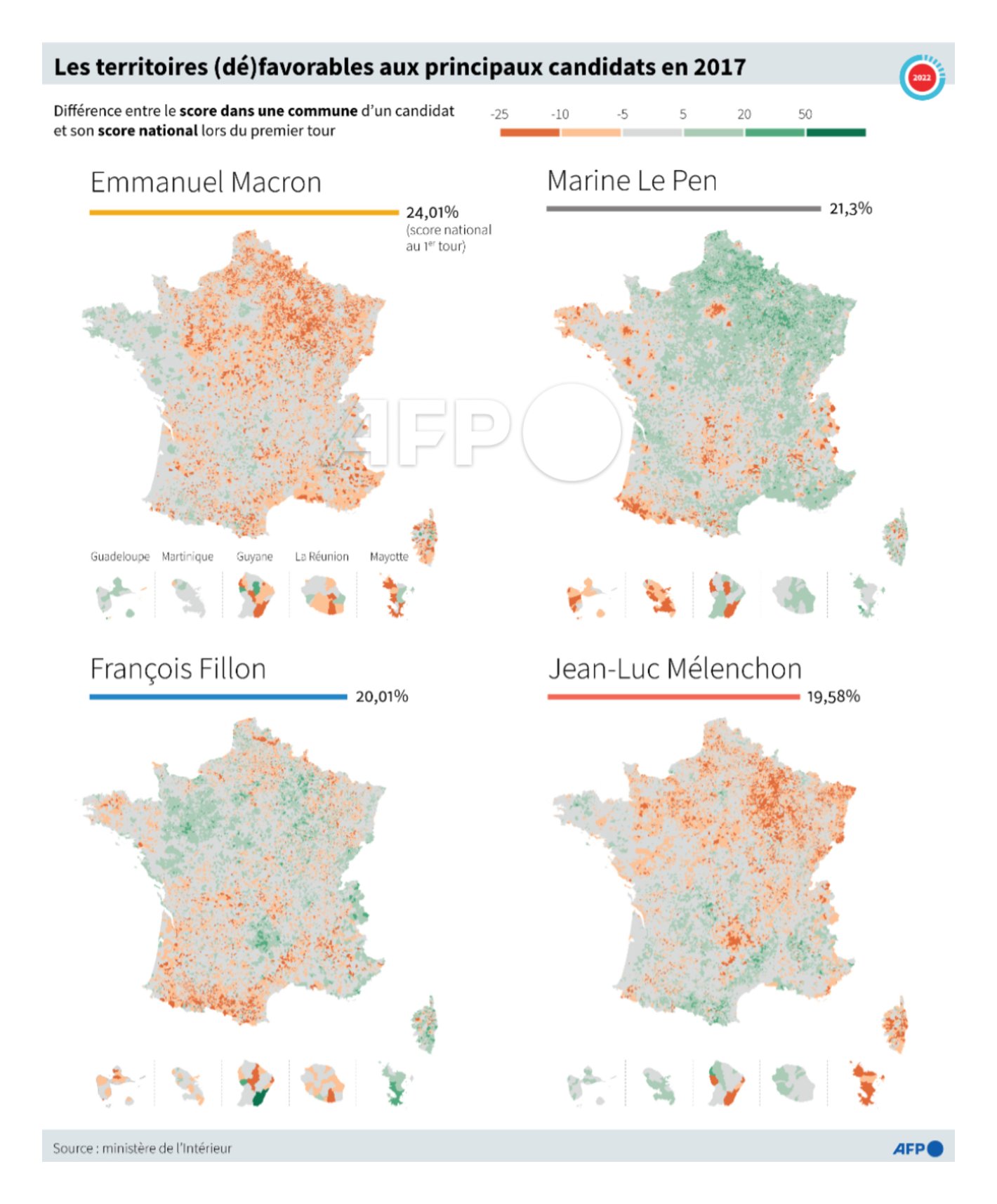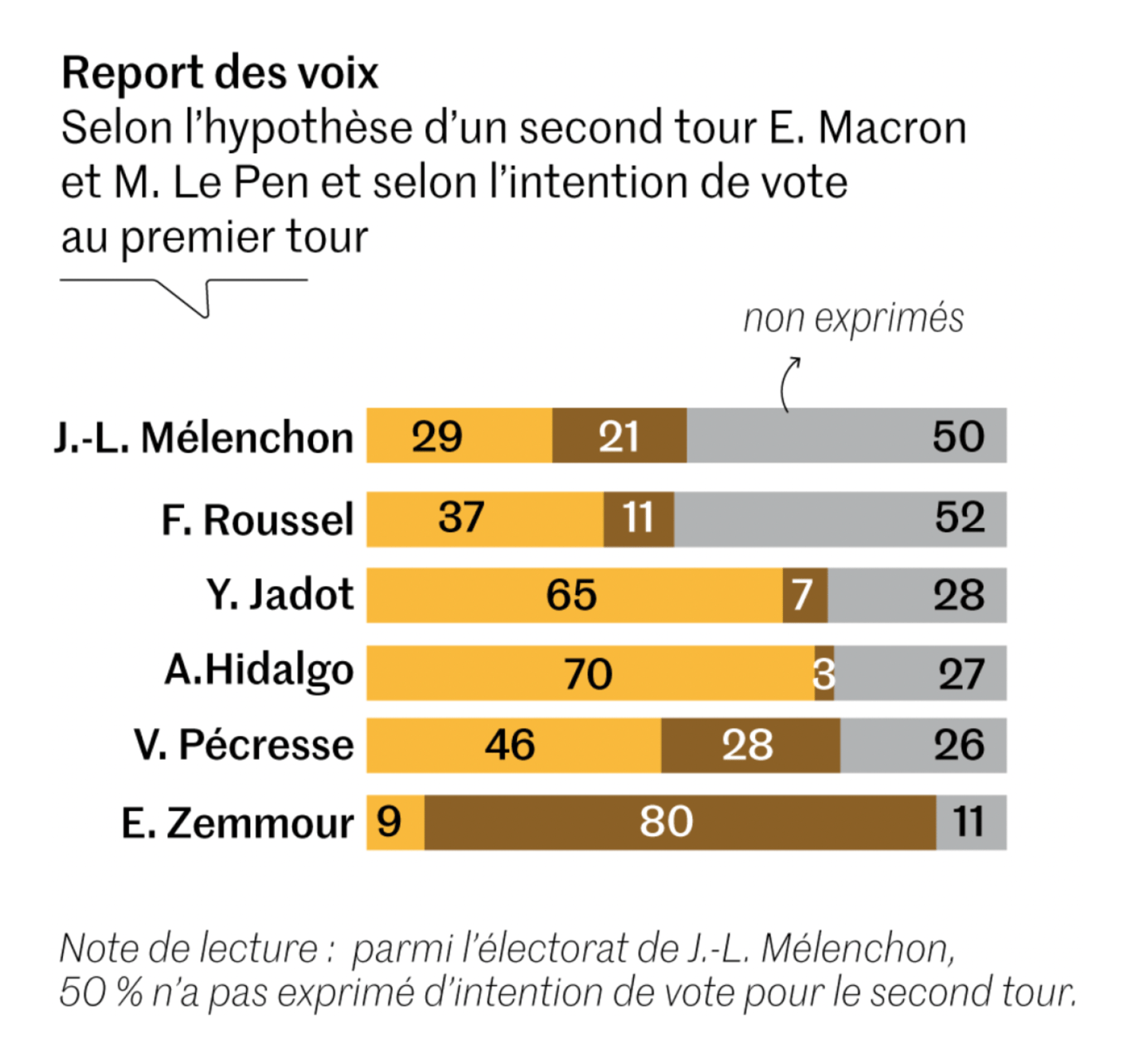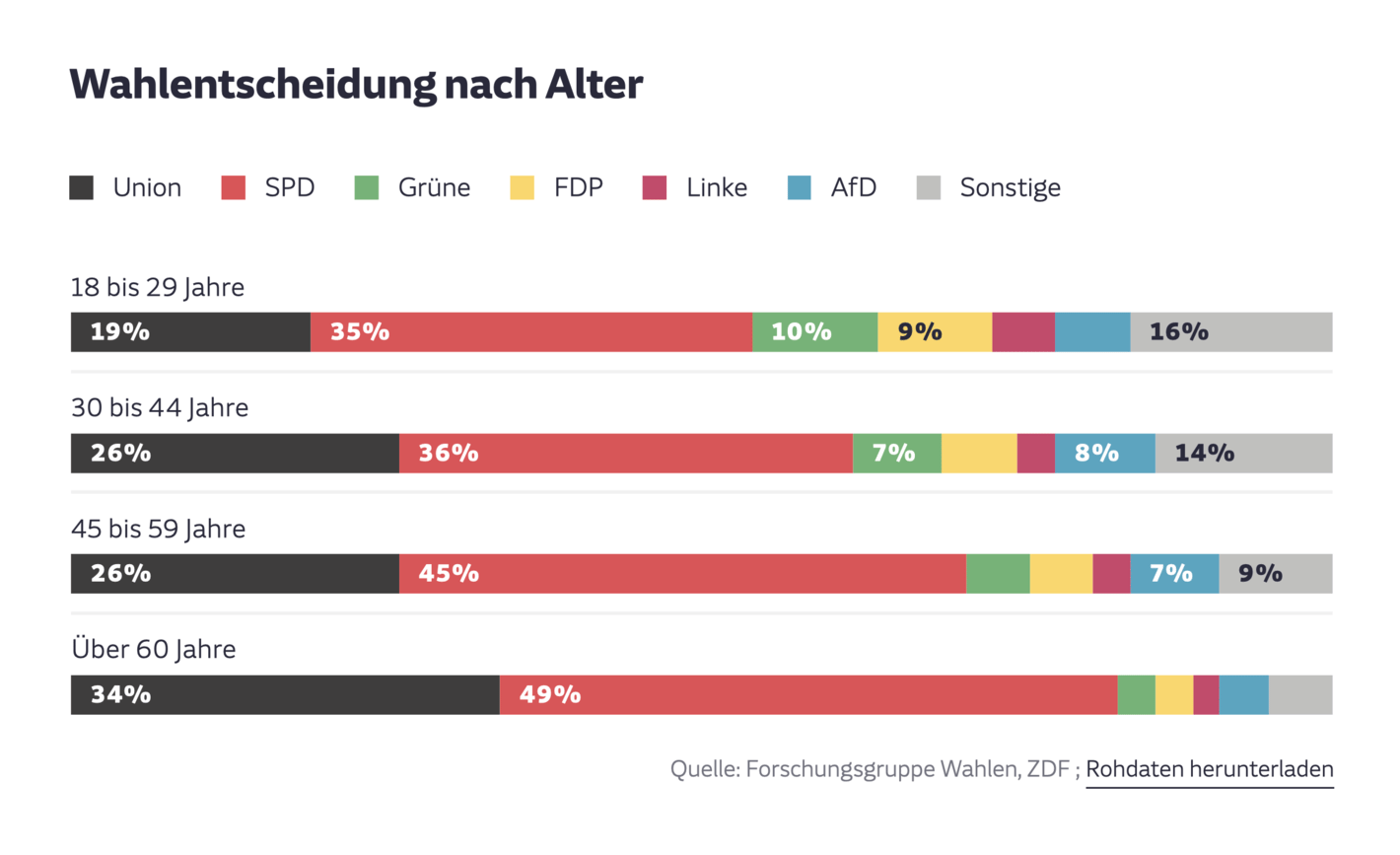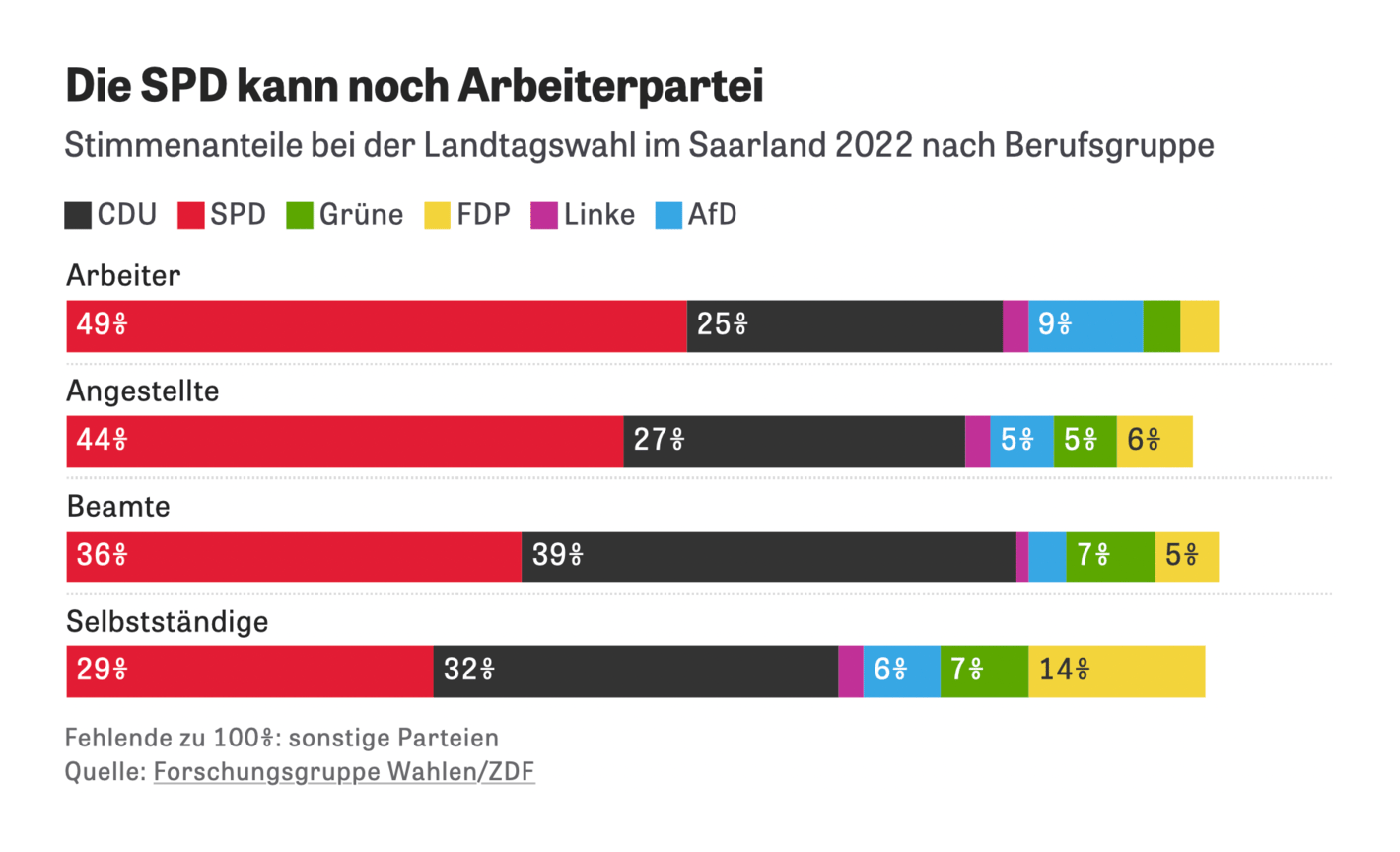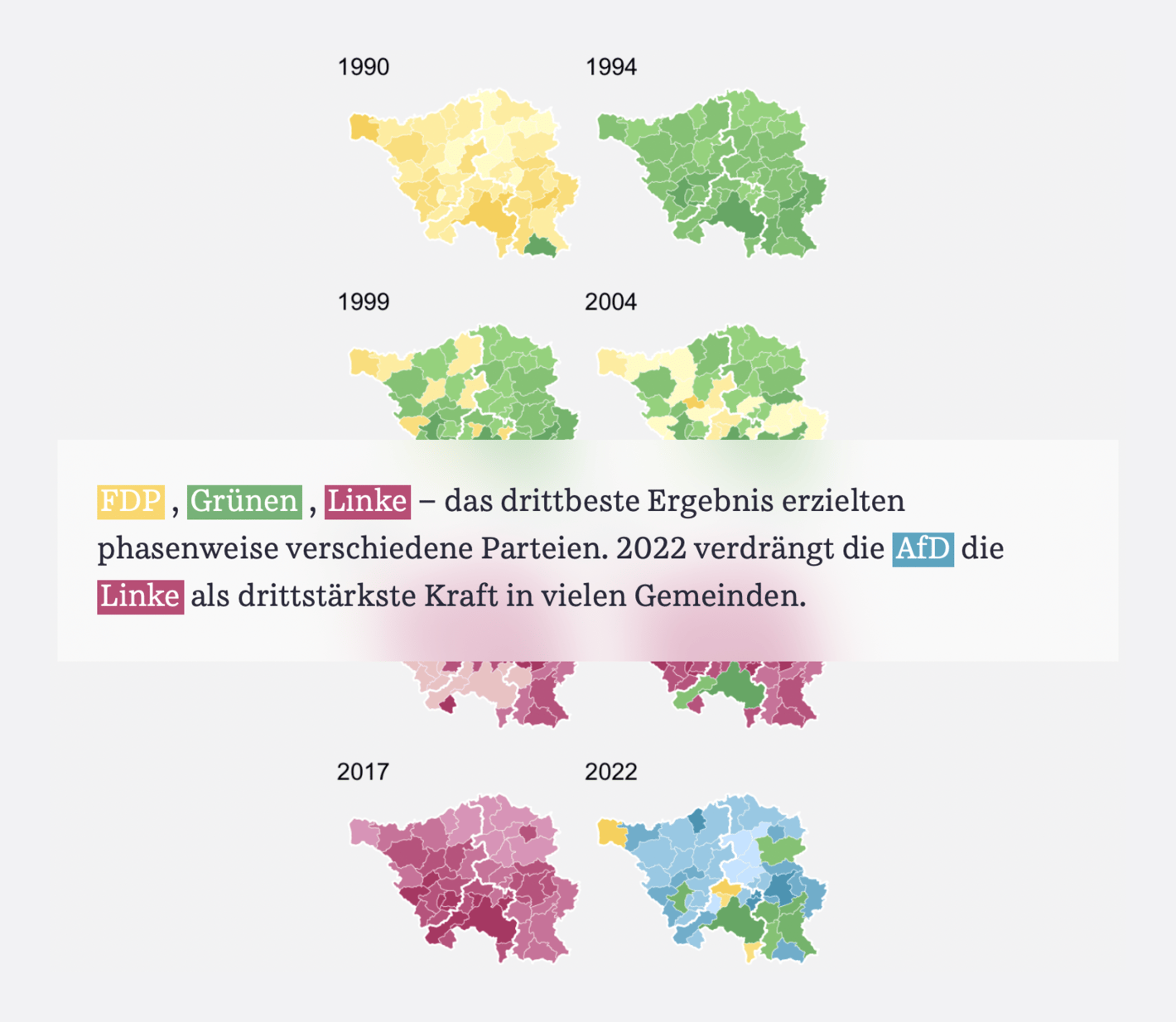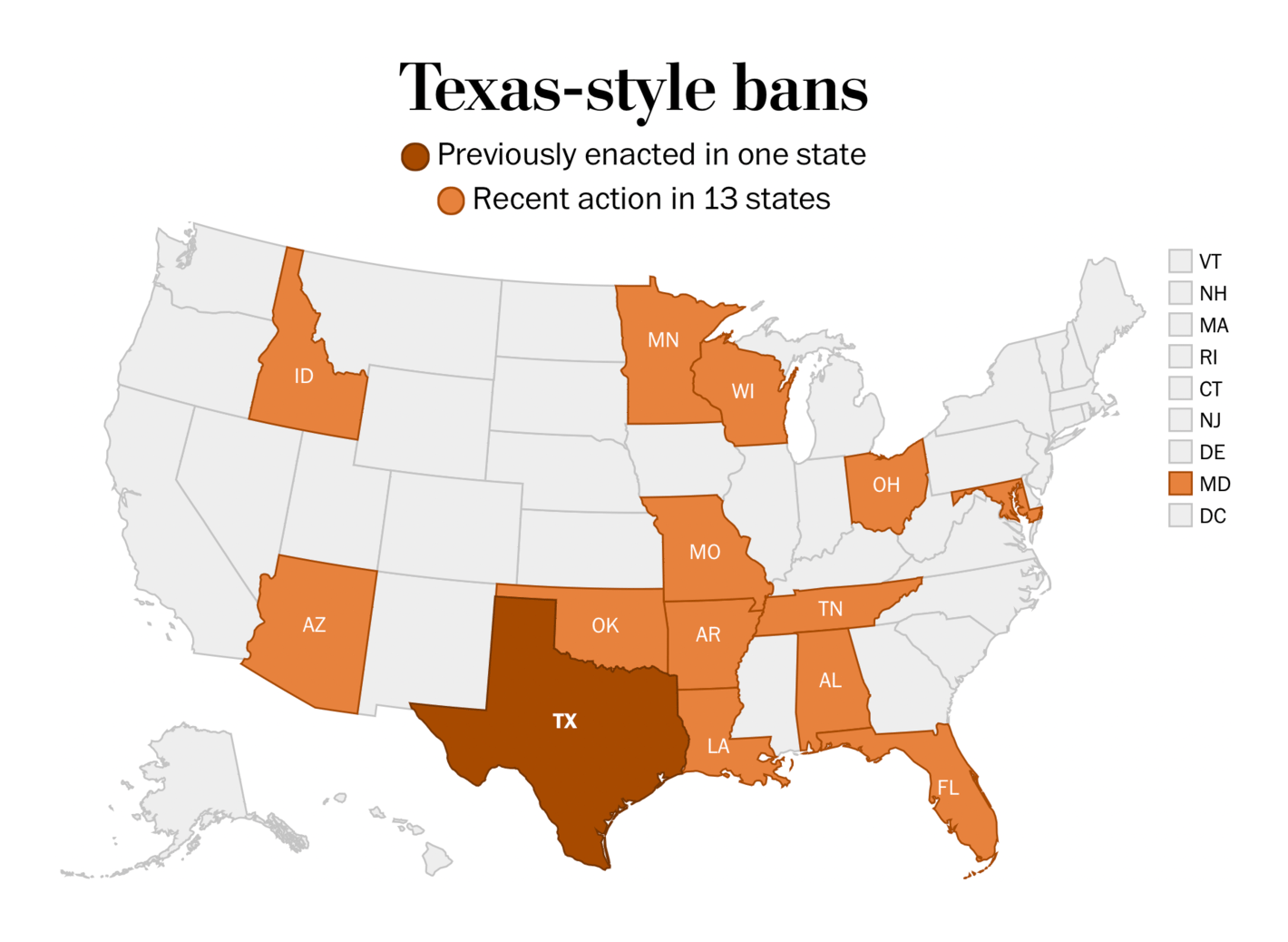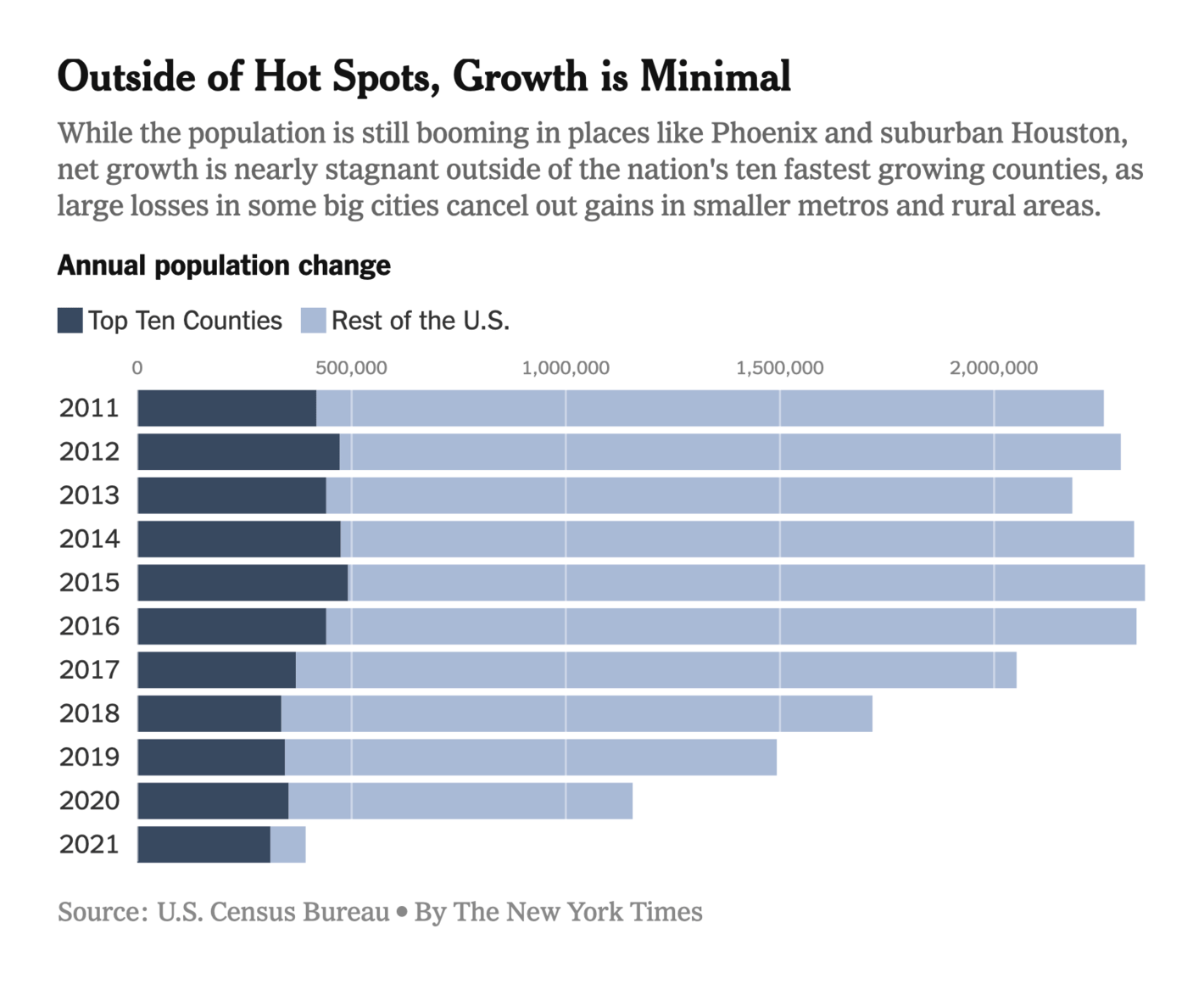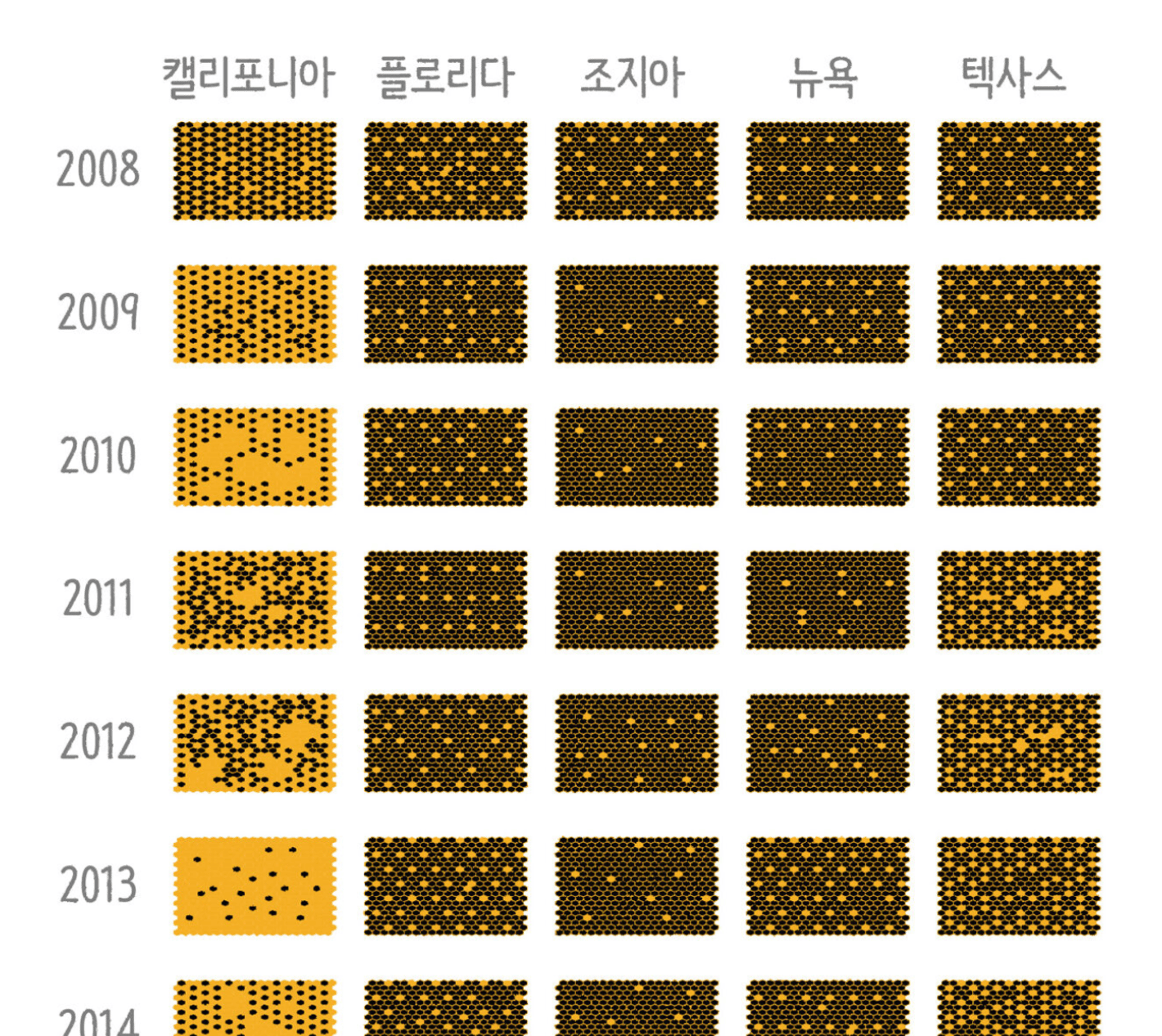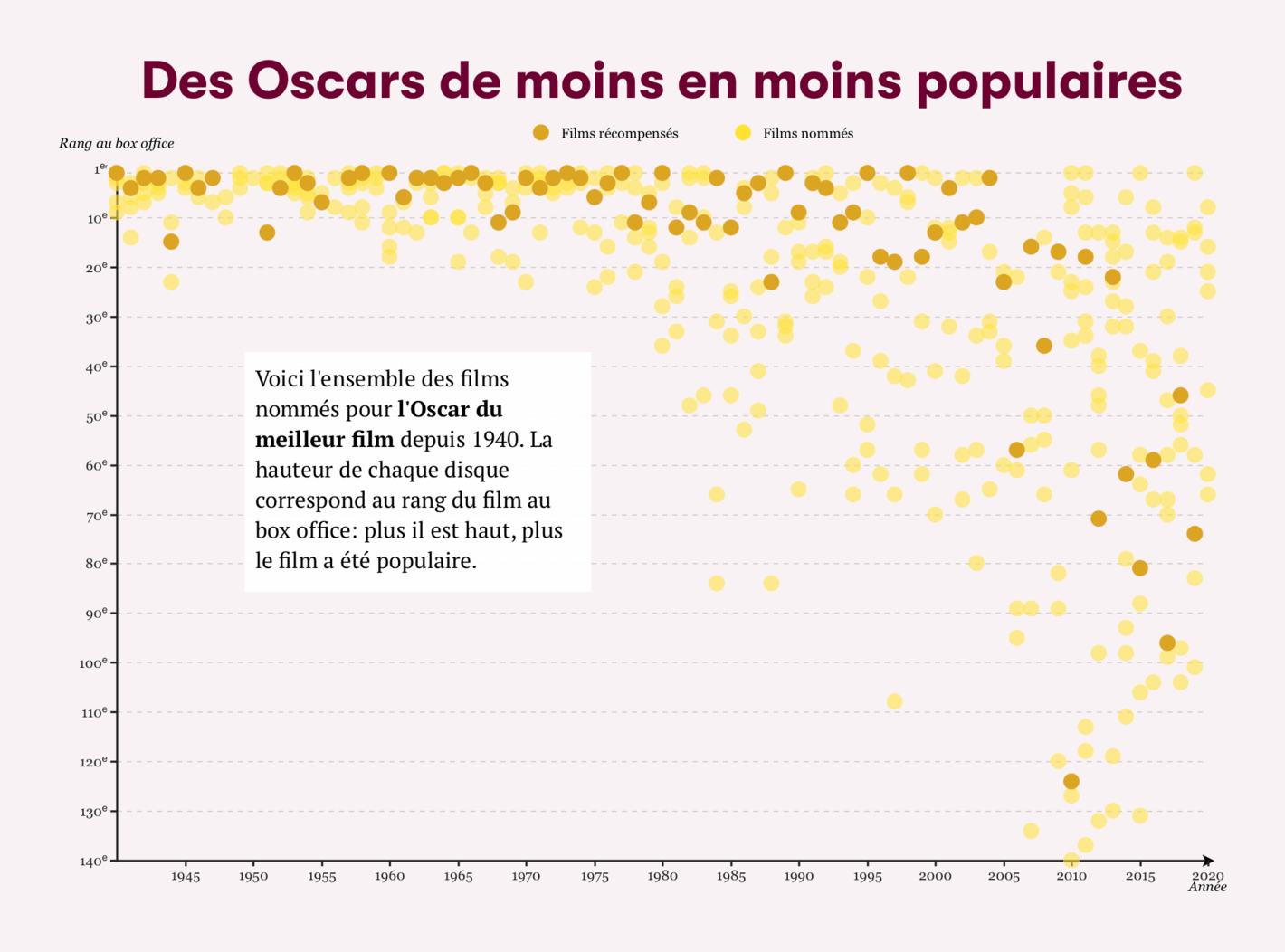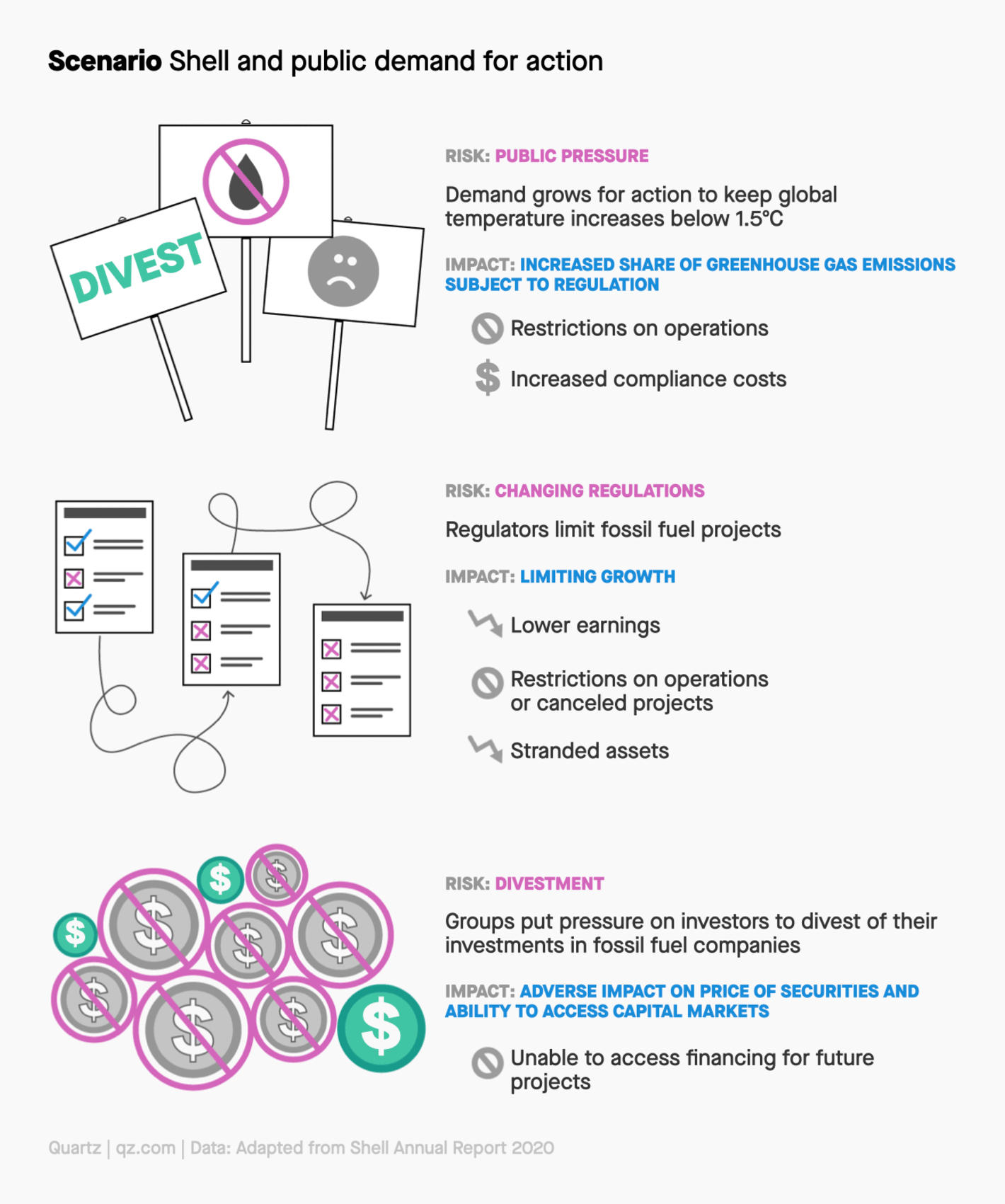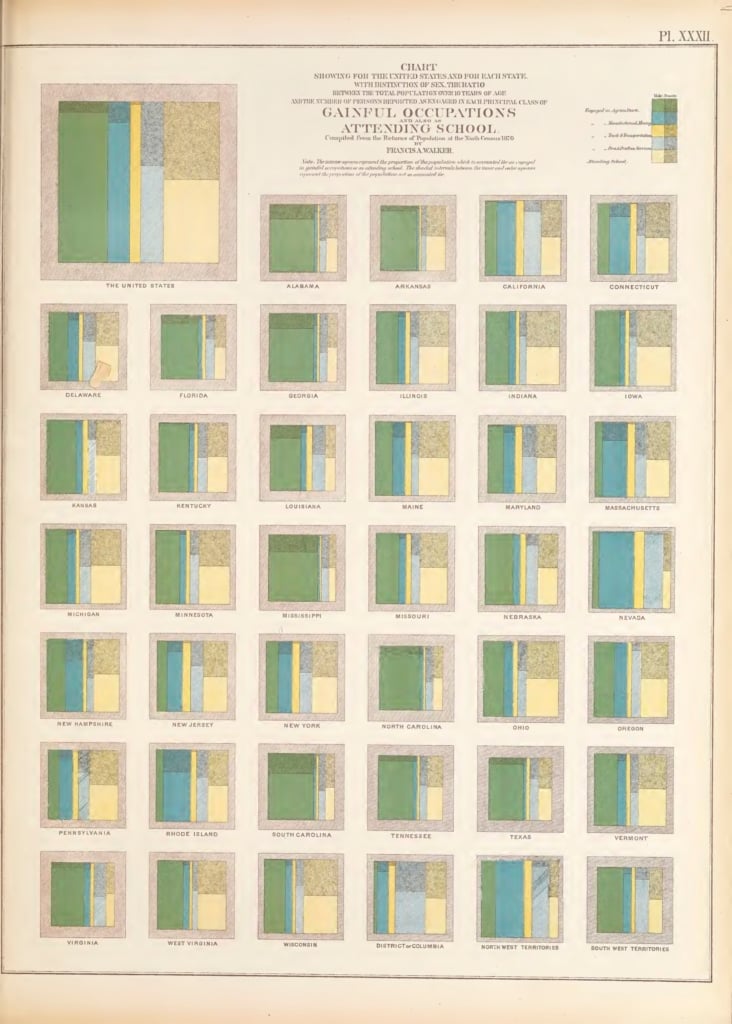The war in Ukraine continues after a full month of fighting. Among the new maps from this week, our attention was particularly captured by the New York Times' count of Russian strikes on civilian targets and the Neue Zürcher Zeitung's look at how different sources are reporting the war :
Sorry, your browser doesn't support embedded videos. The New York Times: Russia’s Attacks on Civilian Targets Have Obliterated Everyday Life in Ukraine Sorry, your browser doesn't support embedded videos. Neue Zürcher Zeitung: Was wir auf unserer Ukraine-Karte zeigen und wieso sie anders aussieht als jene von anderen Medien Other new maps are shown here in chronological order :
Neue Zürcher Zeitung: Ukrainer erobern mehrere Gebiete zurück – diese Karte zeigt den Stand des Krieges Error: The block type "markdown " is not supported.
The New York Times: Where Russian forces have made advances in eastern Ukraine El Confidencial: La tenaza de Putin: un asalto terrestre y anfibio para tomar la 'perla' del March Neg Publico: Um mês de invasão da Ucrânia: como evoluiu a guerra Le Monde: Guerre en Ukraine : le front au nord-ouest de Kiev sous un déluge de feu Gazeta Wyborcza: Atak Rosji na Ukrainę. Wojska Putina nie potrafią przełamać linii obrony, tracą kolejnych generałów Financial Times: Russia’s invasion of Ukraine in maps — latest updates The New York Times: Where Ukrainian forces have mounted counterattacks in the northeast These two charts, from El Confidencial and La Vanguardia, visualize the same data to show how Russian casualties in Ukraine compare to wars from the past:
El Confidencial: ¿Cuántos soldados rusos han muerto en Ucrania? Laura Aragó: "Si la xifra de 1.531 facilitada pel govern rus fós real, la velocitat de les baixes continuaria sent més alta que a l'Afganistan, on al llarg de 14 anys van morir 14.457 soldats," March (Tweet Source Texty looked at the loss and capture of arms and equipment :
Texty: Трофеї. У ЗСУ зараз більше танків, ніж на початку війни (Інфографіка) Millions of Ukrainians have already been displaced by the war , both internally and in neighboring countries:
Pew Research: After a month of war, Ukrainian refugee crisis ranks among the world’s worst in recent history Bloomberg: A Visual Guide to the Russian Invasion of Ukraine FiveThirtyEight: Support For Ukrainian Refugees Is High In Europe. That May Not Last Russia's invasion has already changed attitudes and policy in Europe and the rest of NATO:
The New York Times: NATO sharply increases its forces in Eastern Europe The Economist: Americans are more willing to welcome Ukrainians than others fleeing violence Politico: How loyal are Ukraine’s Western friends? And ordinary Russians are feeling the effects of sanctions and economic isolation — though their informational isolation might be even greater:
The Washington Post: The ‘deglobalization’ of Moscow The Economist: Russian consumers are already feeling the cost of war Texty: Війна в російських новинах: болючі санкції та фейки про воєнні злочини (14–20 березня) One major limitation on the international response has always been dependence on Russian energy imports :
The New York Times: Thanks to Europe, Putin’s War Is Paying for Itself Zeit Online: Der deutsche Streit ums Gasembargo Süddeutsche Zeitung: Schritt für Schritt weg von Russlands Öl und Gas The Wall Street Journal: Gas Prices Shoot Up at Fastest Rate on Record But Europe is already considering how to limit that energy dependence in the future — whether through green policy or new sources of fossil fuels :
Sorry, your browser doesn't support embedded videos. The Washington Post: Europe wants to cut Russian energy. Climate policies can help De Tijd: Europa vult gasreserves nu al aan Bloomberg: Why the Global Oil Market Hinges on Five U.S. Counties Meanwhile, there are still other good reasons to reduce our fossil fuel consumption :
The Economist: Parts of Antarctica have been 40°C warmer than their March average Several maps this week specifically looked at the role of economic inequality in the climate crisis :
Bloomberg: How the World’s Richest People Are Driving Global Warming Bloomberg: London’s Housing and Climate Crises Are on a Collision Course Bloomberg: Clean Power Isn’t Reaching Those Who Need It Most What else? Well, yet another COVID variant is displacing the original Omicron strain:
Financial Times: European wave of Omicron sub-variant BA.2 foreshadows US surge The Wall Street Journal: Covid-19 Cases Are Up in the U.K. Does That Mean the U.S. Is Next? The New York Times: We Study Virus Evolution. Here’s Where We Think the Coronavirus Is Going This chart from Axios neatly showed how politics and vaccines have affected the course of the pandemic in the U.S.:
Axios: The pandemic has been deadlier in red states The Wall Street Journal: Midtown Manhattan With Fewer Office Workers: Imagining the Unthinkable The first round of the French presidential election is almost here:
Tupac Pointu/AFP: "Les territoires (dé)favorables aux principaux candidats en 2017 par @CleaPeculier et @sophie_ramis," March 29 (Tweet Le Monde: Le Pen, Mélenchon, Macron, la bataille du « vote utile » qui pourrait influencer le premier tour de l’élection présidentielle And state elections in Germany this weekend also provided some fuel for charts:
Süddeutsche Zeitung: Wie die SPD die Wahl gewonnen hat Zeit Online: So hat die SPD die Wahl gewonnen , March 27 Süddeutsche Zeitung: Das Herz schlägt rot , March 28 Other charts and maps covered everything from abortion bans to bee colony collapse to the Oscars :
The Washington Post: Tracking new action on abortion legislation across the states The New York Times: Cities Lost Population in 2021, Leading to the Slowest Year of Growth in U.S. History SBS News: 꿀벌 실종 사건이 나에게 미치는 영향은? The Washington Post: Andy Najar has an uncommon skill set. Here’s how he operates for D.C. United Slate.fr: Pourquoi une telle différence entre les goûts du public et les palmarès des Oscars? The Wall Street Journal: How Popular Are the Oscars’ Best-Picture Nominees? We Ranked Them 